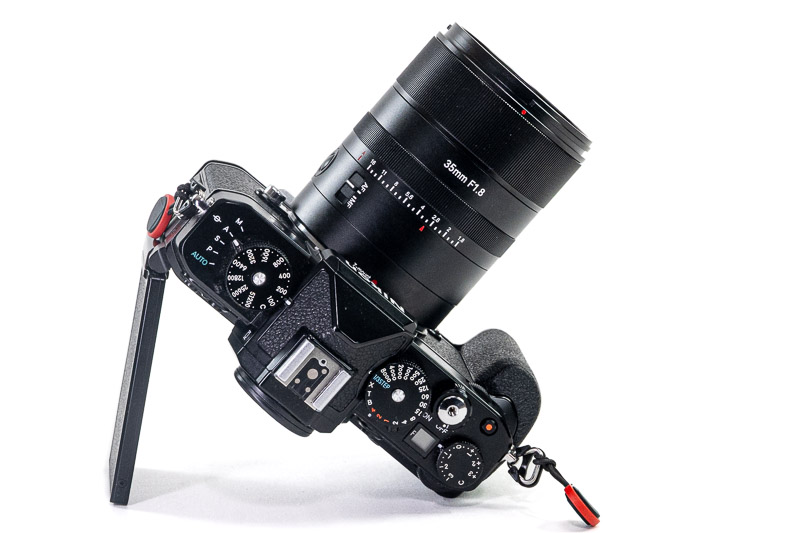
Introduction
The 7Artisans AF 35mm f/1.8 full-frame lens for E-mount was released on September 4th, and now the company has added L- and Z-mount versions. It follows their earlier 24mm f/1.8 full-frame lens, which was well received by photographers. At a launch price of $299, this new 35mm sits on the budget-friendly side of the lineup, and if it performs as well as its 24mm sibling, it should offer great value for money. Let’s check it out!
![]() I tested this lens on a 46 Mp Nikon Z7ii (Sample images were taken with a Nikon Zf)
I tested this lens on a 46 Mp Nikon Z7ii (Sample images were taken with a Nikon Zf)
 You can see this review as a YouTube video here!
You can see this review as a YouTube video here!
![]() Sample images in high resolution here.
Sample images in high resolution here.
Sample Images
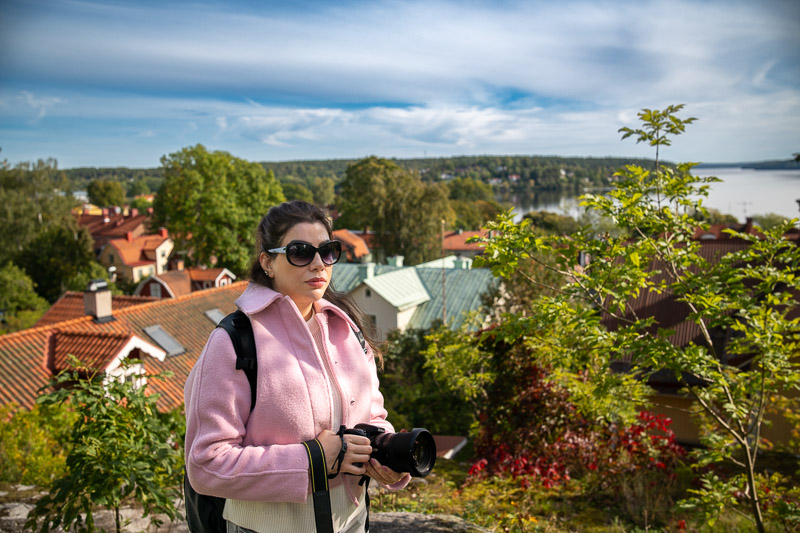

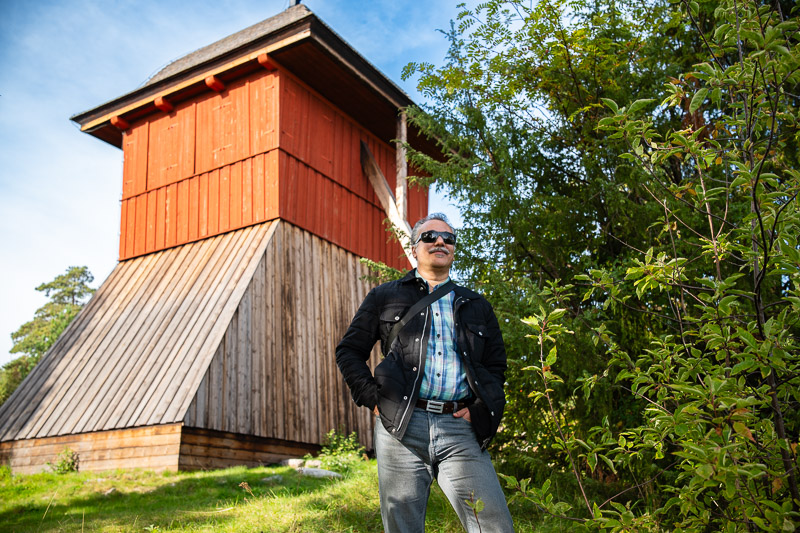

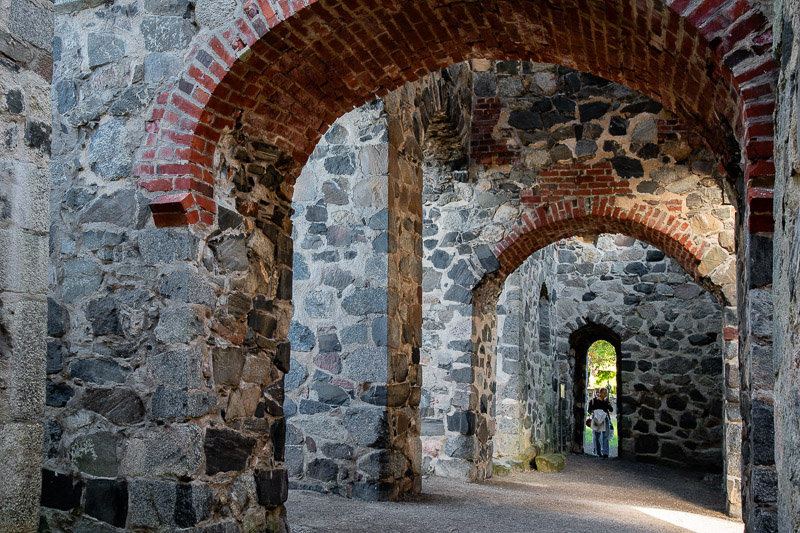

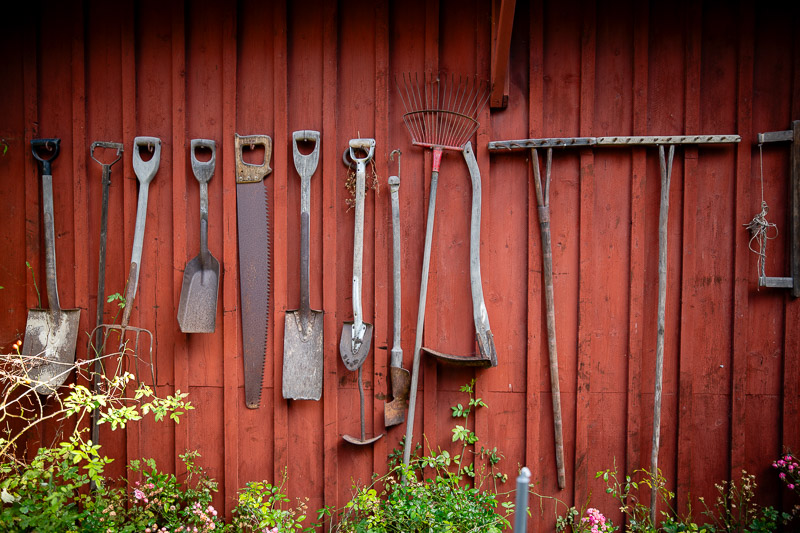
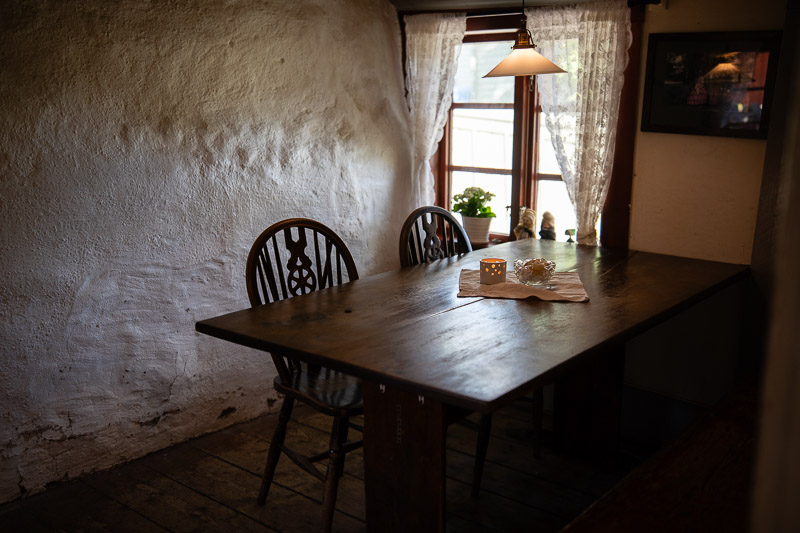
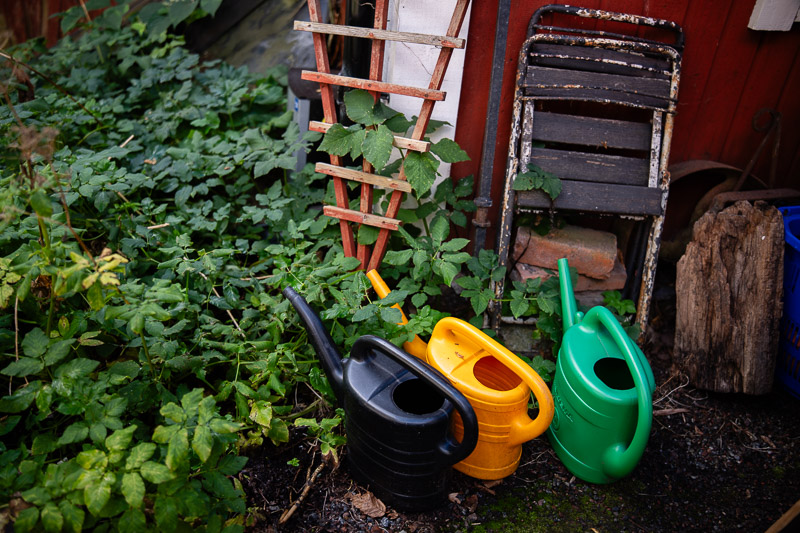
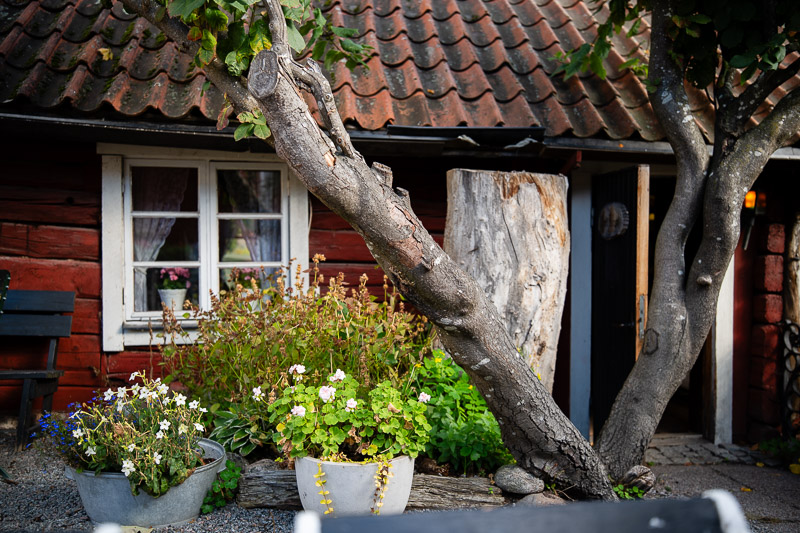
Most of the sample images in this review and many more can be found in higher resolution here.
Specifications
| Focal Length | 35mm |
| Angle of View | 64° |
| # of Aperture Blades | 11 |
| Max Aperture | f/1.8 |
| Min Aperture | f/16 |
| Min Focus Distance | 40 cm |
| Filter Size | 62 mm |
| Lens Mount | E |
| Weight | 426 g |
| Size (D x L) | ø: 72 x L: 94 mm |
| Elements/Group | 11 Elements in 8 Groups |
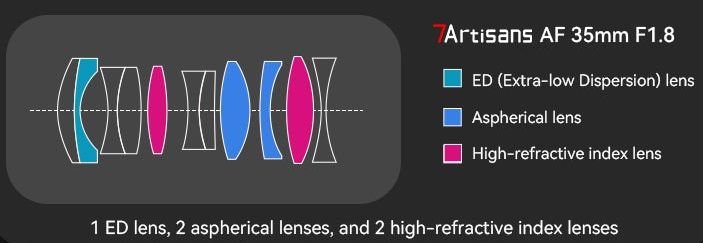
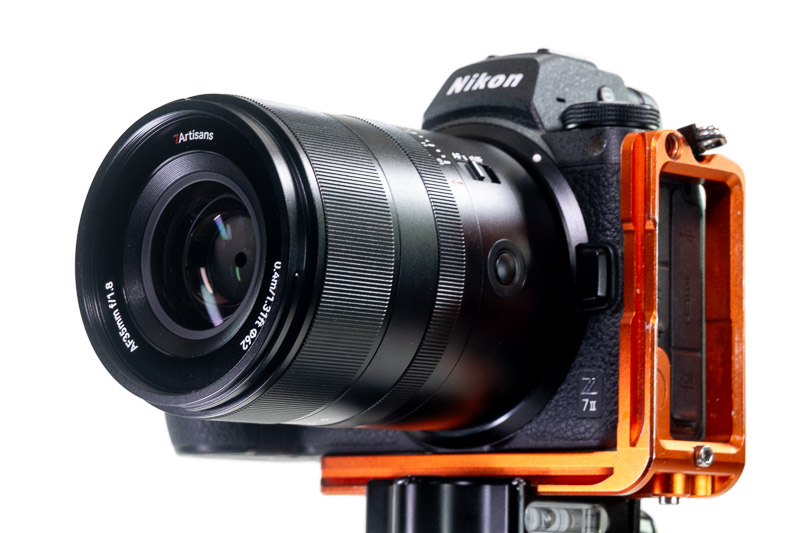
| Buy new: 7Artisans Store, B&H, Amazon (anywhere) for $299 (Affiliate links) Using my link at the 7Artisans Store gives you a 15% discount |
Disclosure
7Artisans kindly provided this lens for test and review purposes.
Handling and Build Quality
This is an all-metal and glass lens, and you can tell by its weight that it’s built entirely from solid materials. It is built around a metal mount with electronic contacts and a USB-C port for firmware updates. There’s also a rubber gasket under the mount for some level of weather sealing.
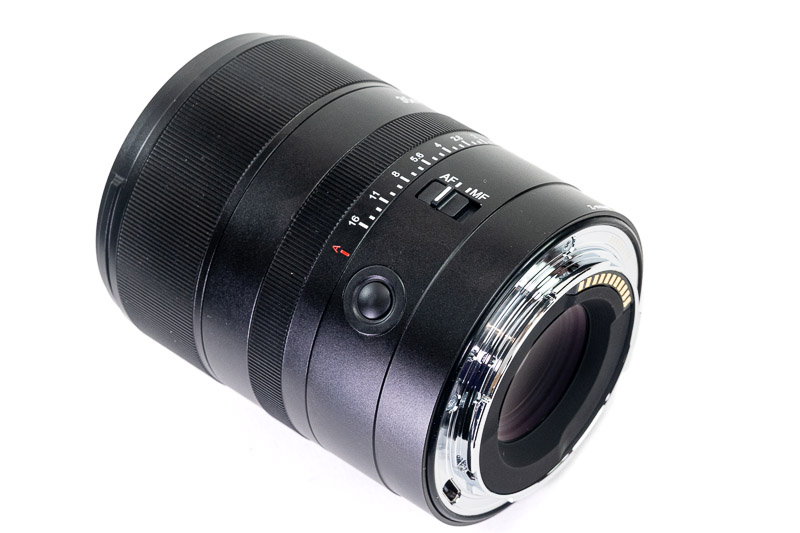
On the left side, closest to the camera body, you’ll find a function button and an AF/MF switch. Next is the declicked aperture ring, which doesn’t offer a way to enable click stops, but it’s marked in 1/3-stop increments. Interestingly, a digital “click” is built into the aperture control—so even though the ring itself is smooth, you’ll hear a faint click and see a jump in brightness in the viewfinder or rear display as you pass each 1/3 stop. Also, while the ring turns smoothly, you can hear a faint metal-to-metal friction sound when you turn it. There’s also an “A” position on the aperture ring, allowing the camera to control the aperture automatically.
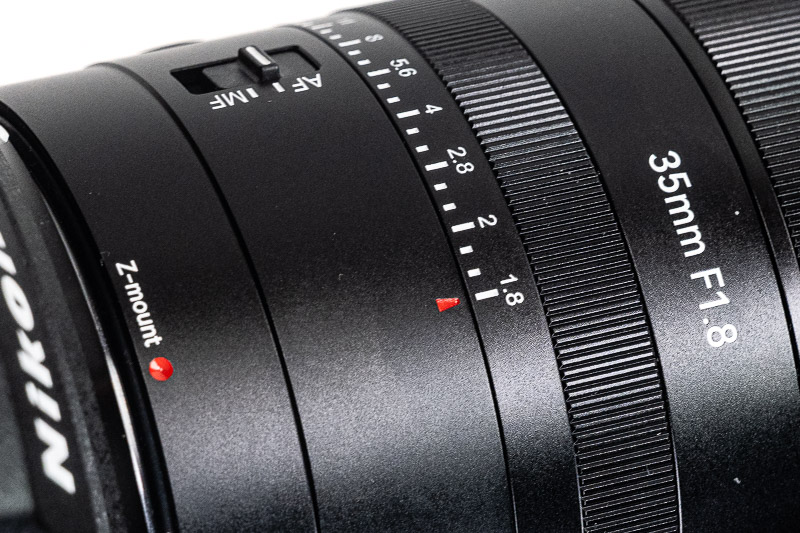
Next comes the large, metallic manual focus ring, which turns smoothly and can be assigned to control manual focus, aperture, exposure compensation, or ISO sensitivity—or disabled altogether. It uses a focus-by-wire system, but on Nikon cameras it can be set to mimic a mechanical, linear focus response, with adjustable focus throws ranging from 90° to 360° in 30° increments, plus extended options for 540° and 720°.
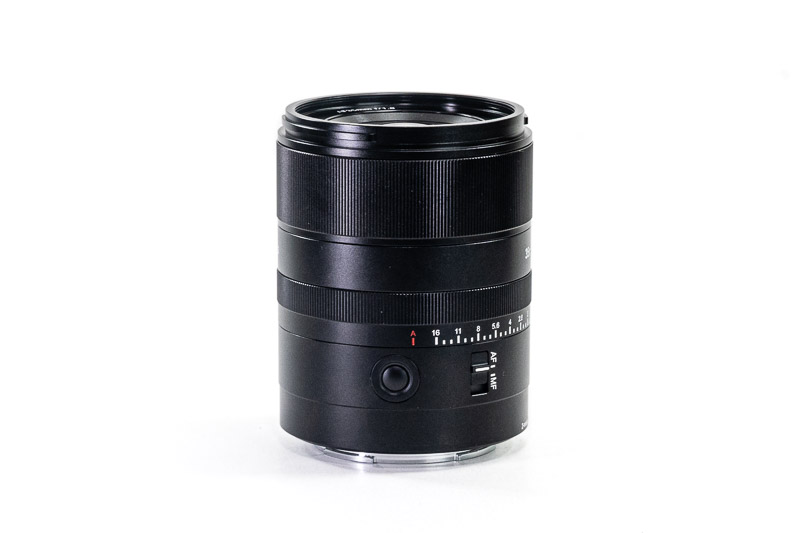
The lens features internal focusing, so the front element doesn’t rotate when you turn the focus ring. Autofocus is driven by an STM motor, providing precise performance at a decent speed. However, when shifting from close to distant subjects, or vice versa, the AF hesitates slightly and makes a couple of back-and-forth adjustments before locking focus.
In addition to the standard front and rear caps, the lens comes with a sturdy plastic lens hood in the box.
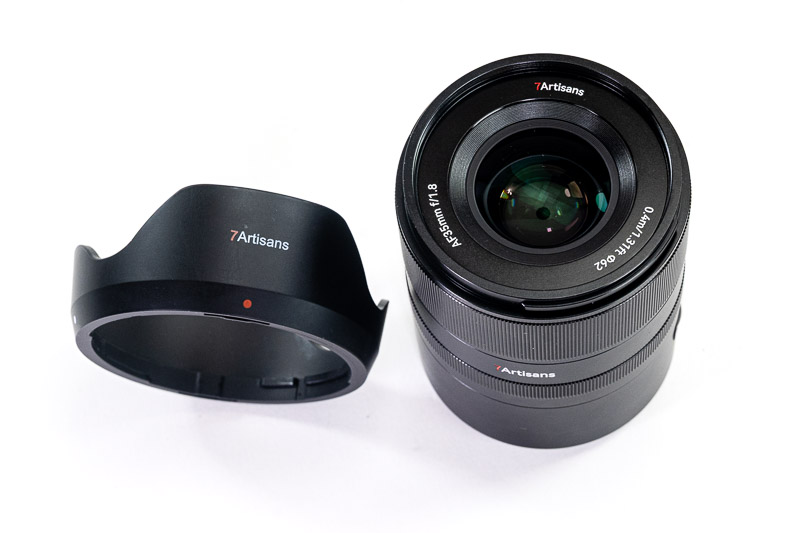
Optical Features
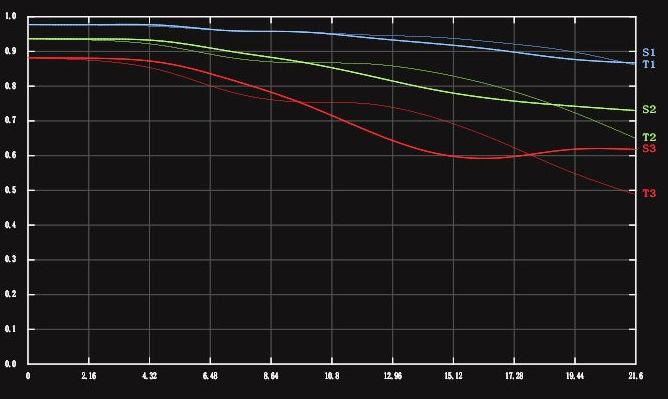
Sharpness (Infinity)
For the infinity sharpness test, we look at three areas of the image, centre, mid-frame, and corner, see highlighted areas in the image below!
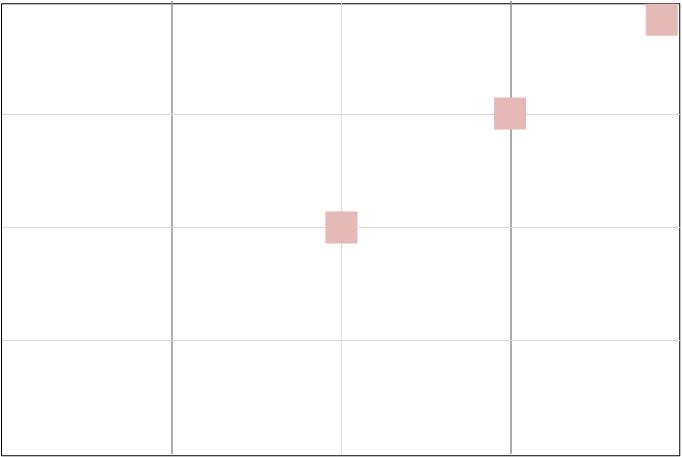
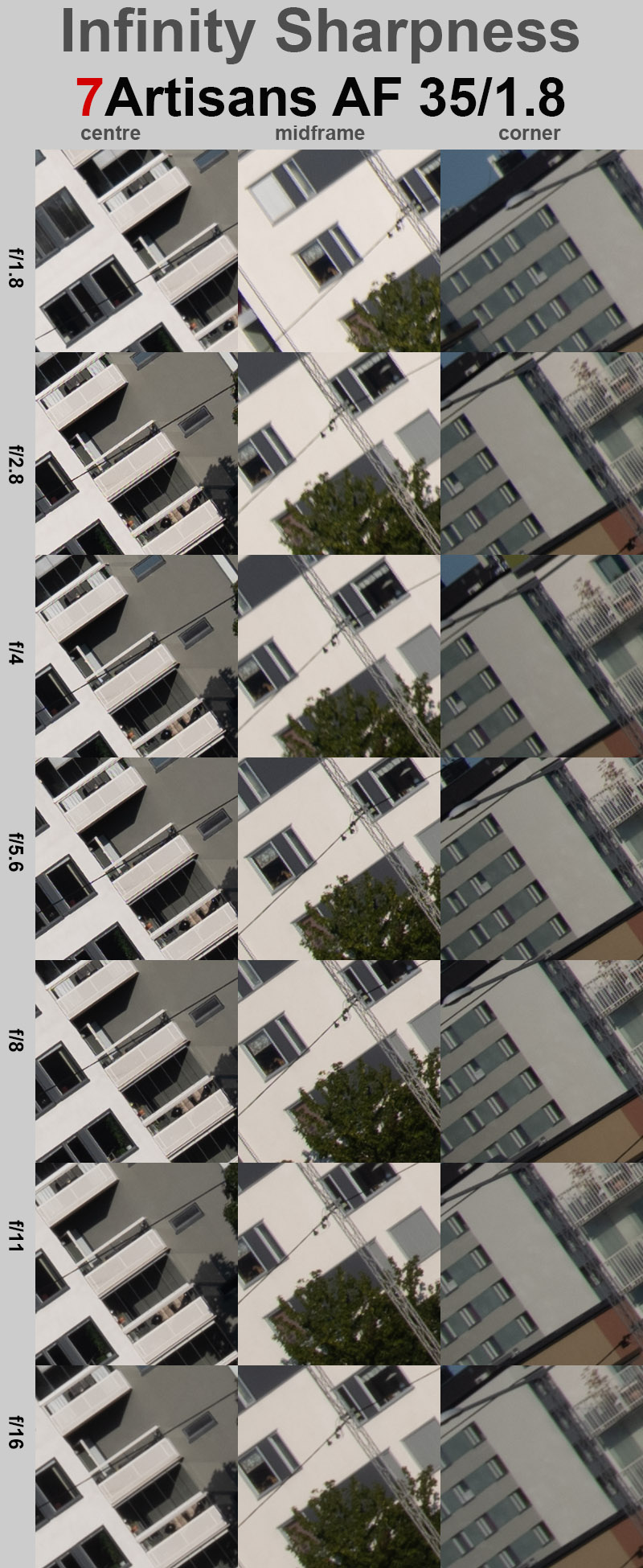
Centre sharpness is very solid right from wide open. It’s already very good at f/1.8 and becomes excellent from f/2.8 onwards. Mid-frame and corner sharpness are good wide open and improve as you stop down. They reach very good levels around f/5.6 and come close to excellent at f/8, though they never quite match the centre. Sharpness remains consistent up to f/11, after which it softens slightly due to diffraction, becoming more noticeable at f/16.
Sharpness (Portrait)
Let’s look at the points of interest for portraits at the portrait distance: the very centre, the centre’s inner periphery (1/3 rule intersection), and the centre’s outer periphery (1/4th intersection).
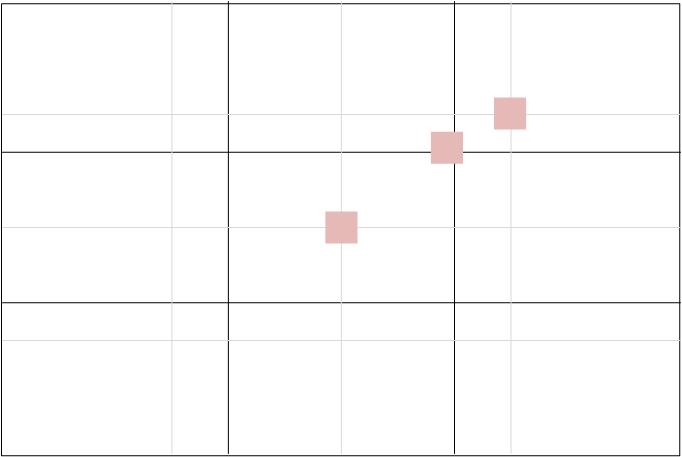
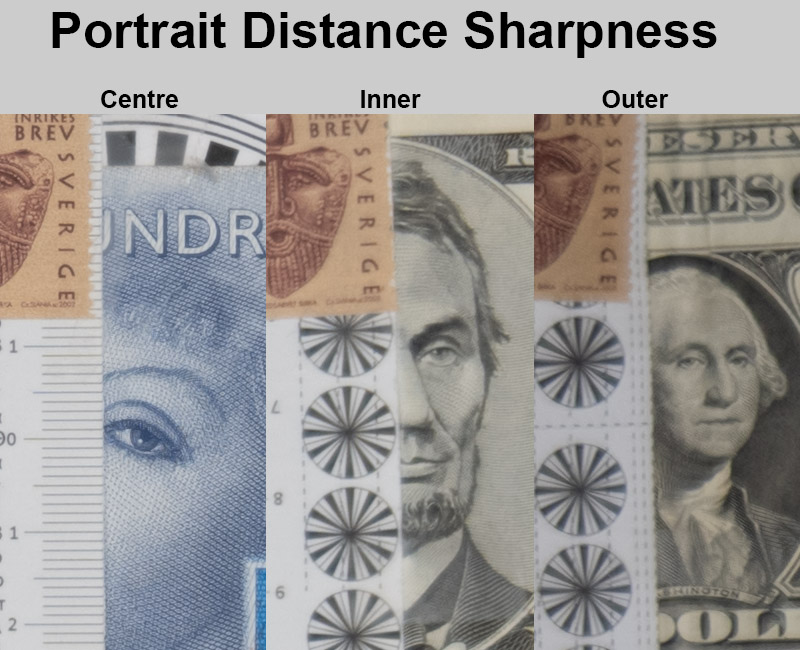
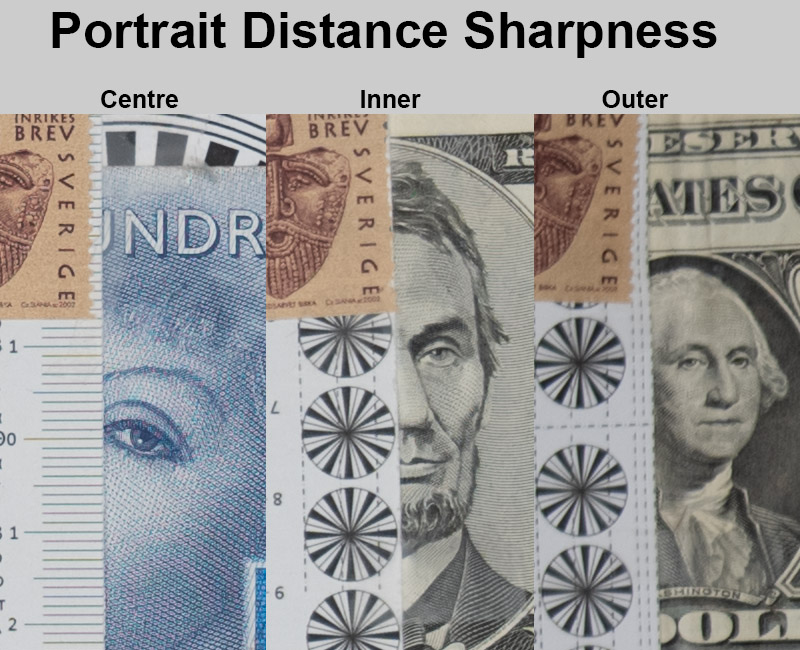
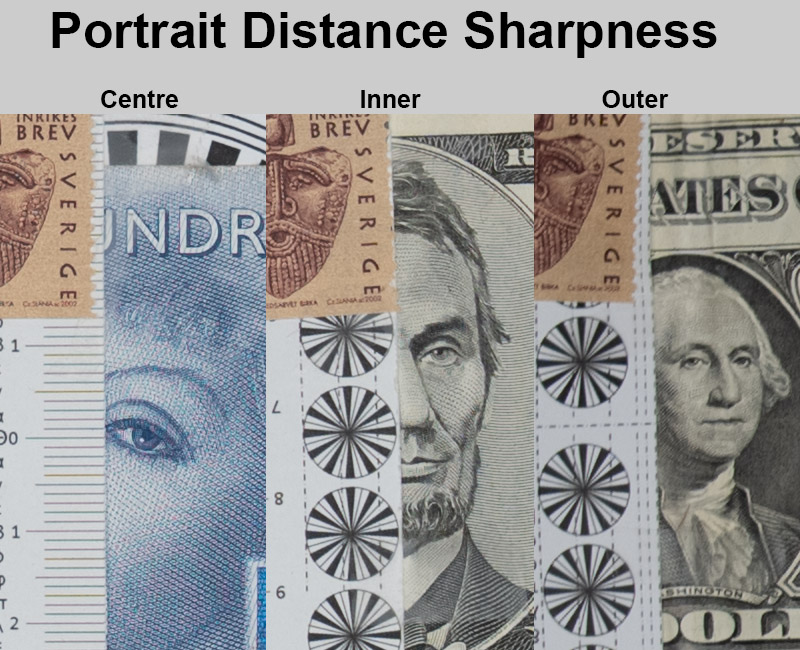
Sharpness is very good at f/1.8 across all three areas, though the centre has a slight edge. By f/2.8, both the centre and inner zone become excellent, with the centre remaining a touch sharper. The outer area is still very good, but not quite at the same excellent level as the centre or inner zone. At f/4, sharpness is excellent across the entire frame.
Sharpness (Close-up)

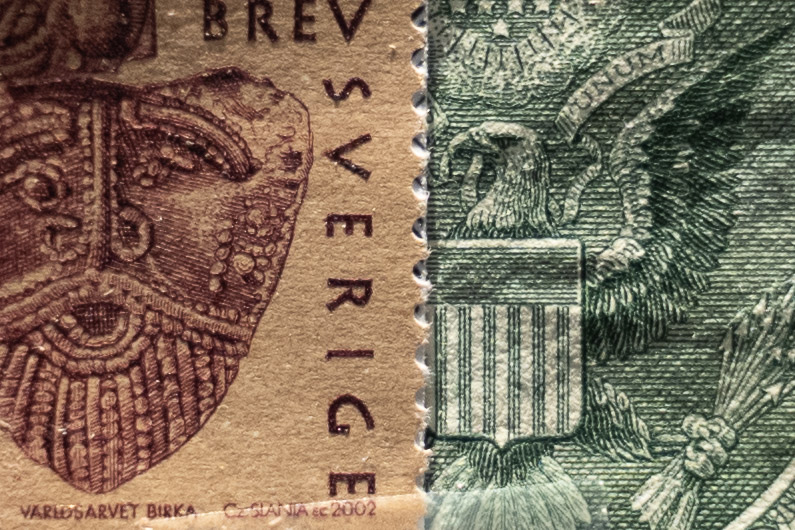
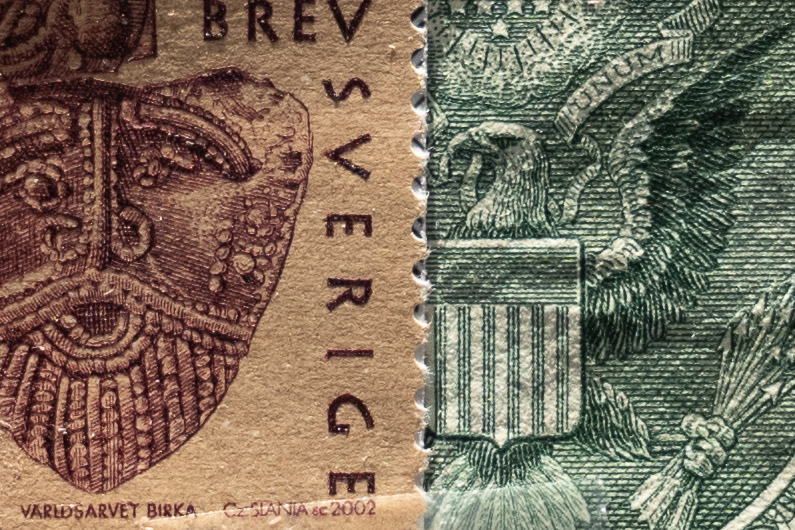
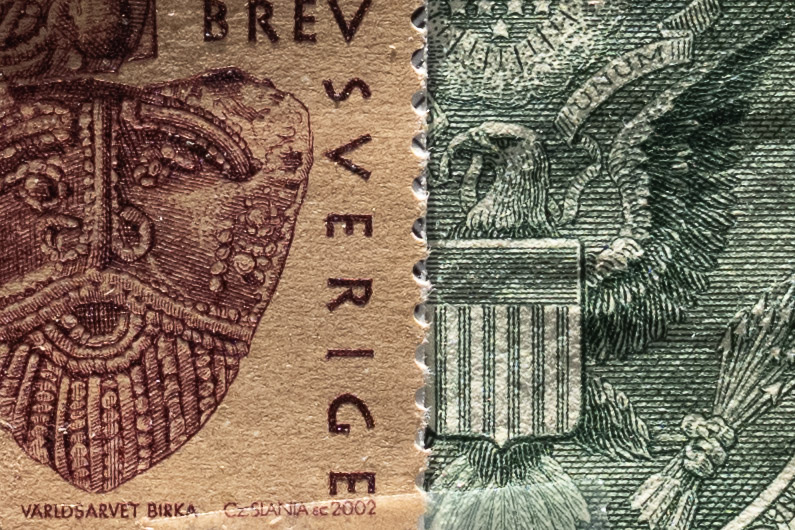
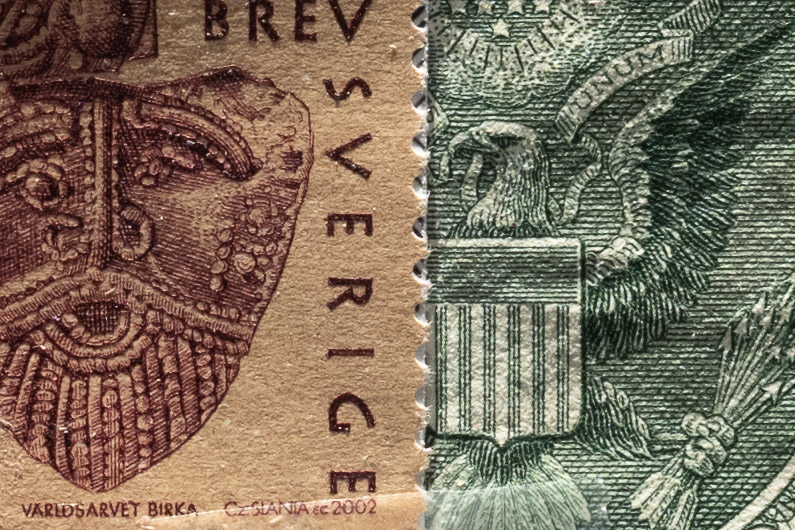
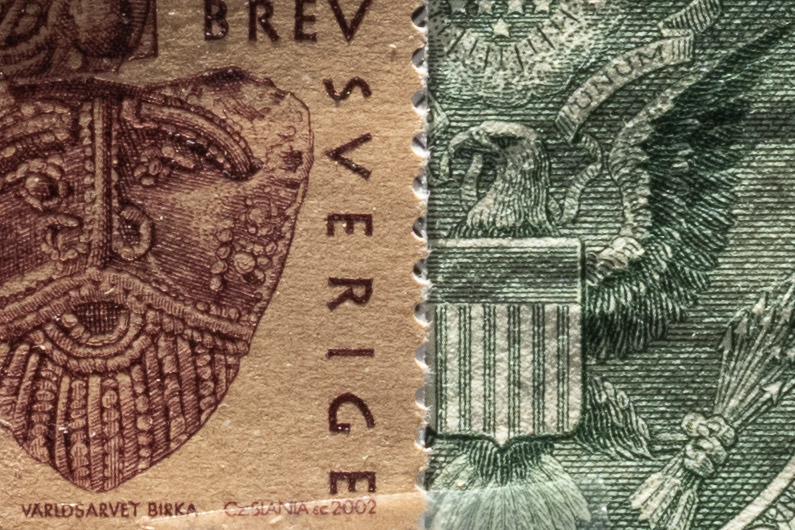
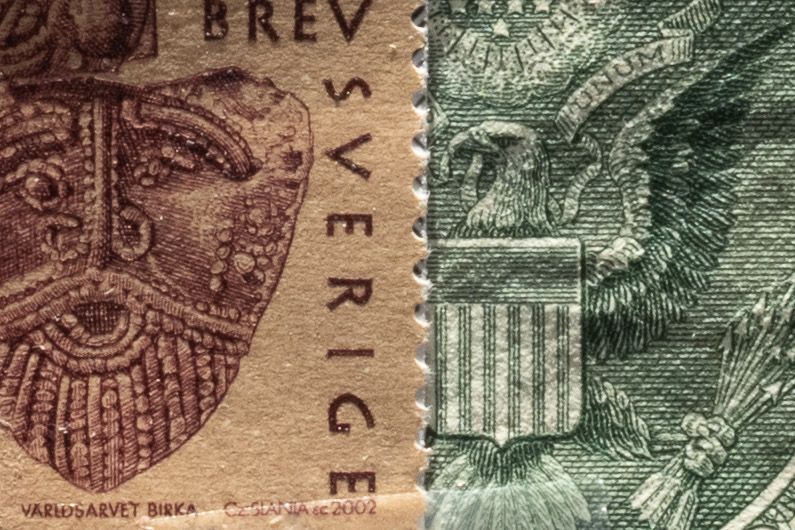
Close-up sharpness is good at f/1.8, very good at f/2.8, and excellent from f/4 onwards. At f/16, diffraction makes the close-up sharpness slightly lower, though it remains at an excellent level.
Lens Distortion
The 7Artisans 35mm shows very slight but somewhat complex distortion. It’s a mix of mild pincushion distortion with a bit of waviness along the edges of the frame, though both are minimal and can usually be ignored in most situations. The distortion can be reduced with a –3 correction in Lightroom or Photoshop, but it’s not easy to remove completely.
Vignetting
There is some noticeable vignetting wide open, which becomes moderate by f/2.8. From f/4 onwards, it’s only visible in evenly lit, homogeneous scenes.
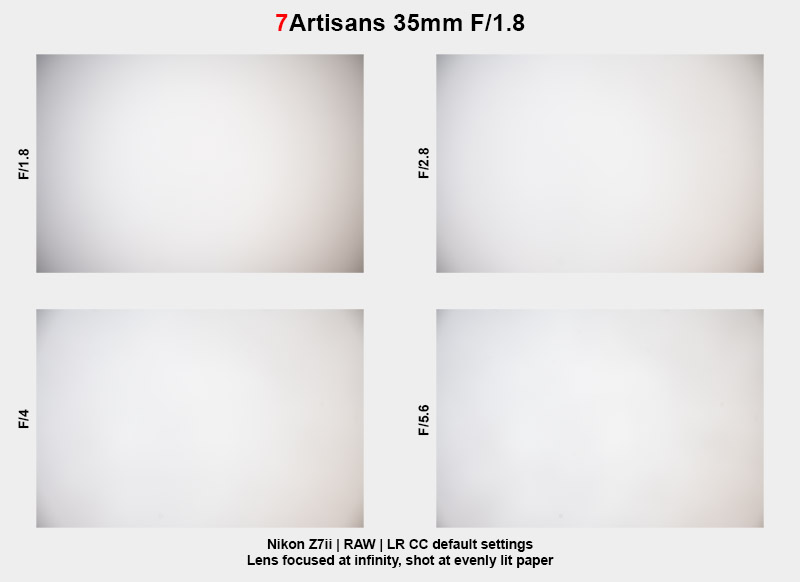
- F/1.8: 2.2 EV
- F/2.8: 1.9 EV
- F/4.0: 1.4 EV
- F/5.6: 1.3 EV
- F/8.0: 1.2 EV
Focus Shift & Aberrations
There is a very slight focus shift, which, on a mirrorless camera with stopped-down metering and autofocus, generally causes no issues at all.
The lens also exhibits a small amount of longitudinal chromatic aberration, though in real-world use it rarely causes any problems.
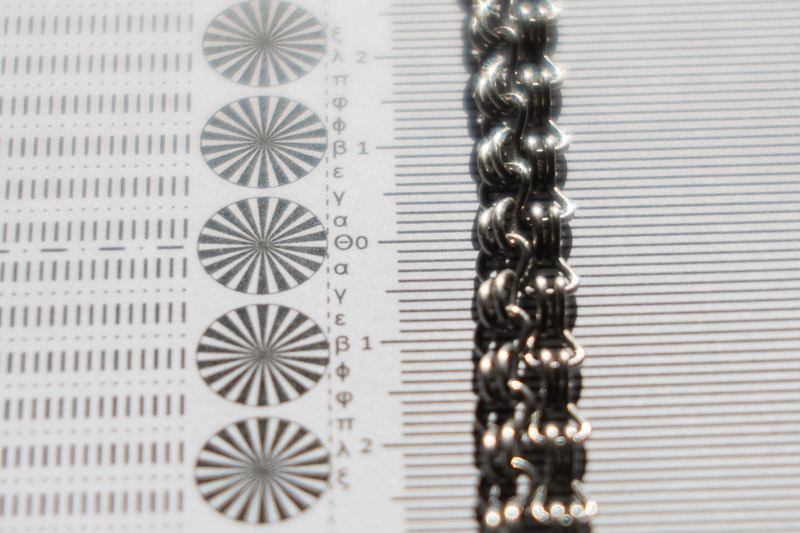

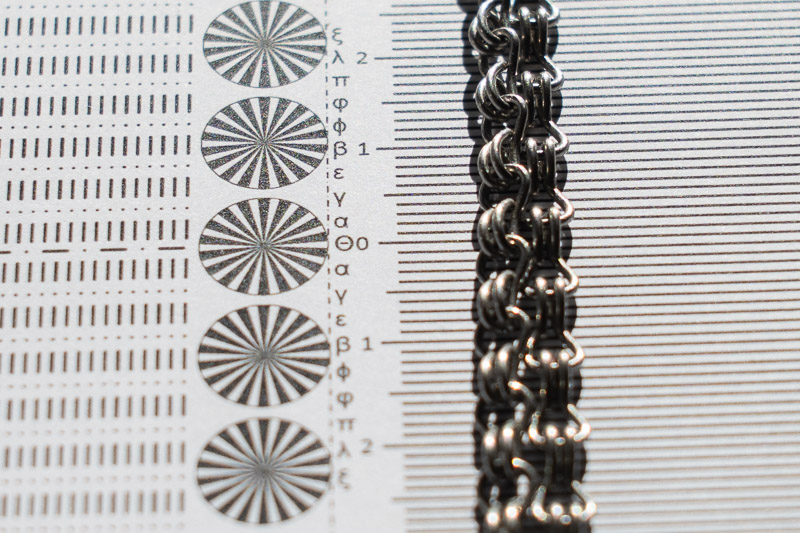
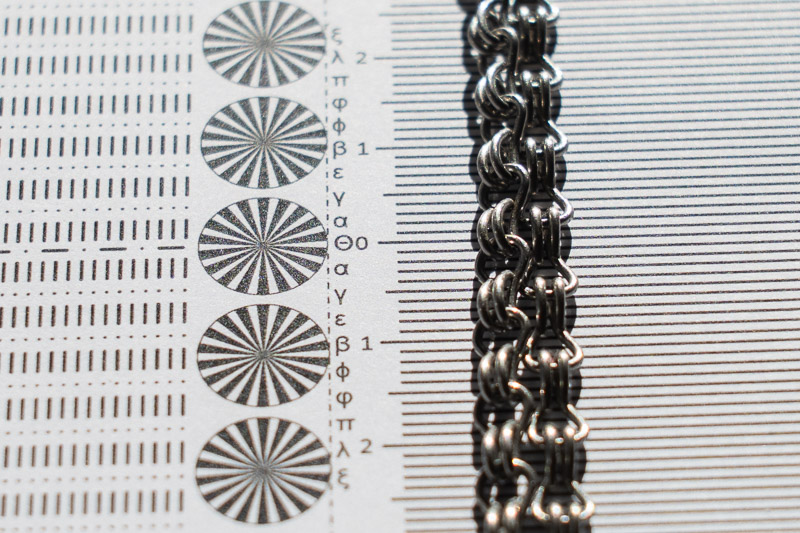
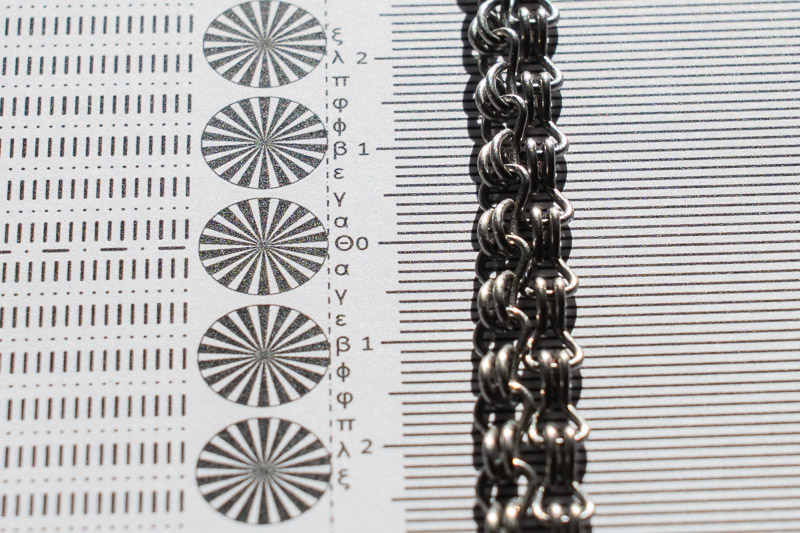
There is a very small amount of lateral chromatic aberration, which is hardly noticeable in real-world use and effectively negligible. Below are 100% crops from the corners of two scenes, showing the uncorrected and corrected LaCA for comparison.

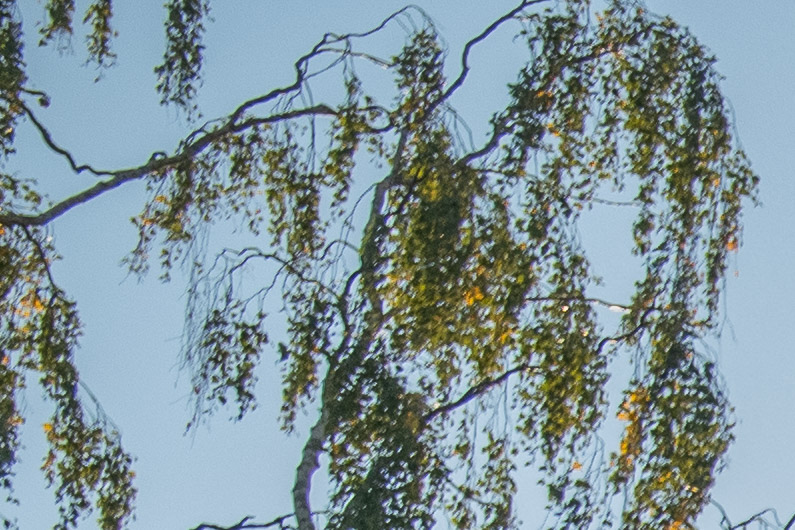
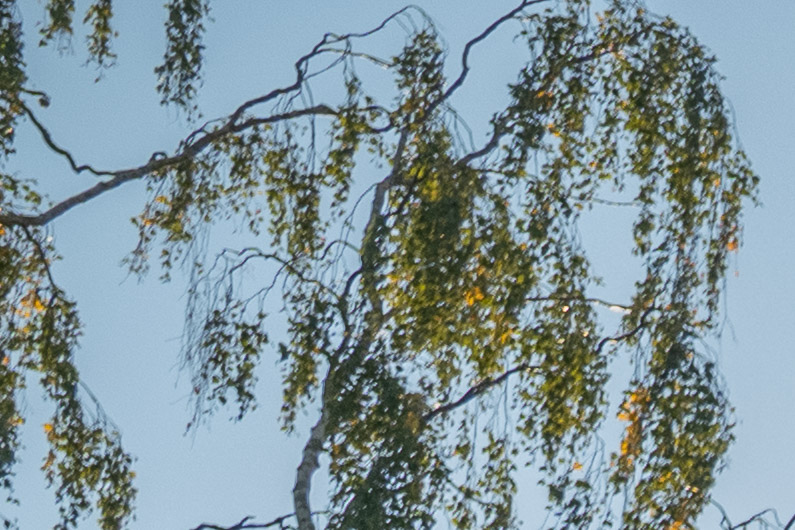
Flare Resistance
Flare resistance isn’t great, but it’s not among the worst either. This aspect was a little tricky to judge, as the results varied quite a bit depending on the situation. Sometimes it’s just about acceptable, while other times it’s clearly not OK — and occasionally, it’s even a bit worse than that.
Overall, the lens handles flare and ghosting better at wider apertures than at smaller ones. Below are two sets of sample images with the sun in the frame under different conditions — one set taken at wide apertures and another at smaller apertures.
Coma
Coma correction is very good. Wide open at f/1.8 you can see traces of mild astigmatism, but even that disappears after stopping down by about one stop to f/2.8.



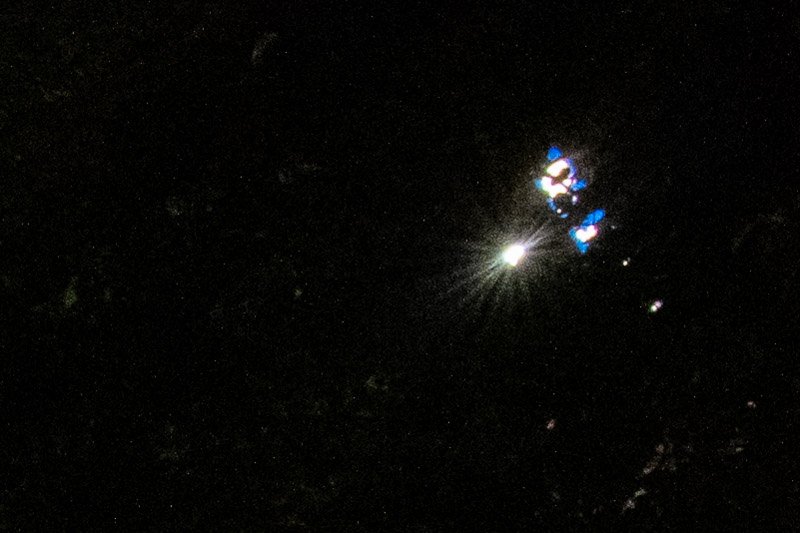
Sunstars
The lens can produce acceptable sunstars from f/8, although they show a noticeable blob in the centre. As the aperture closes, the rays become longer and the sunstars more defined.
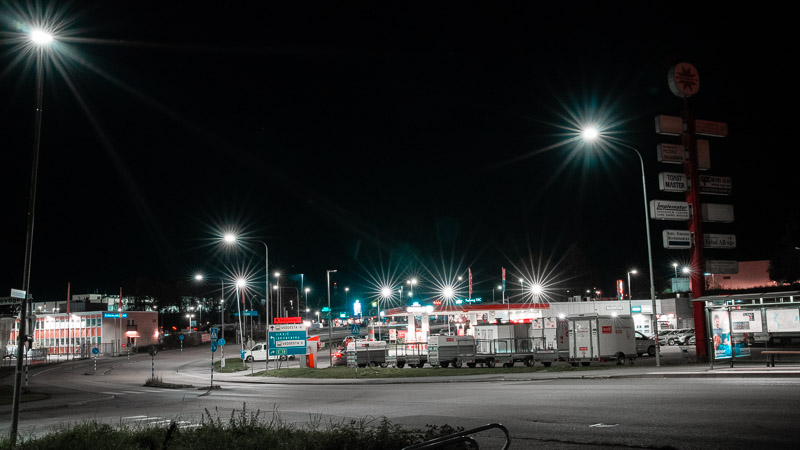
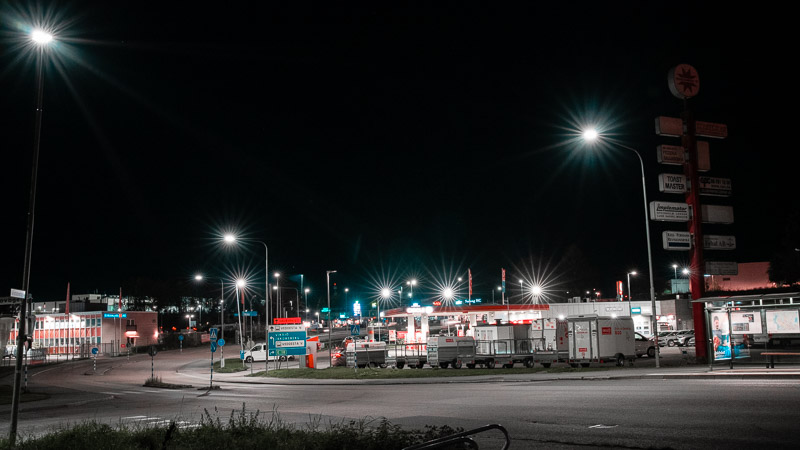
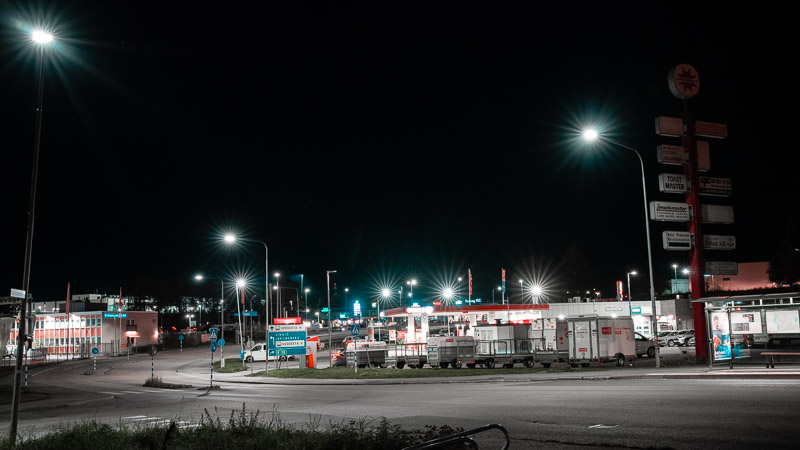
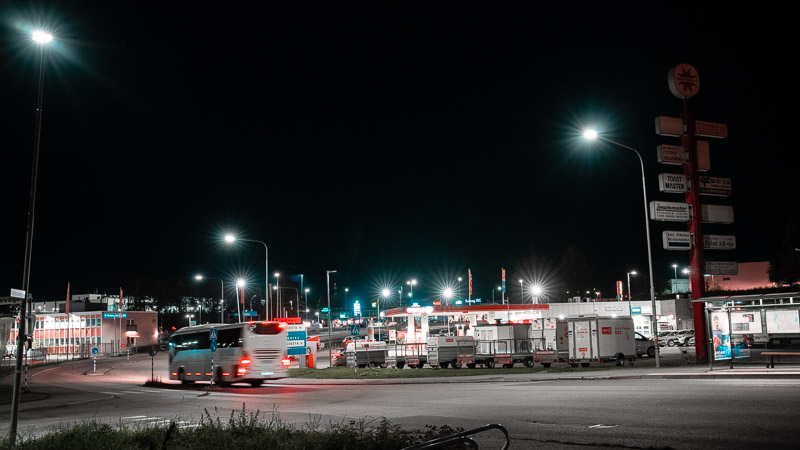
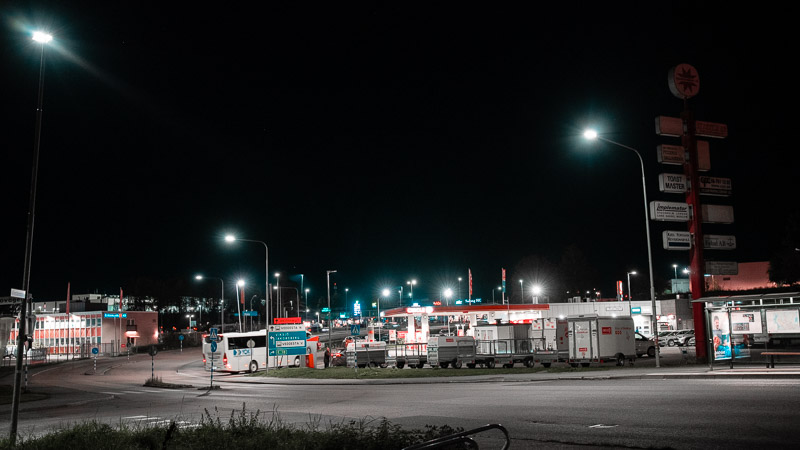
Focus Breathing
There is no focus breathing at all. Combined with the clickless aperture, this suggests the lens has been optimised with video makers in mind.

Bokeh
First let’s have a look at the boke itself.
The bokeh shows some onion-ring patterns along with a bit of double edging. The optical vignetting isn’t among the types I find particularly pleasing, either. Let’s take a closer look at the background blur at different distances.
Short Distance
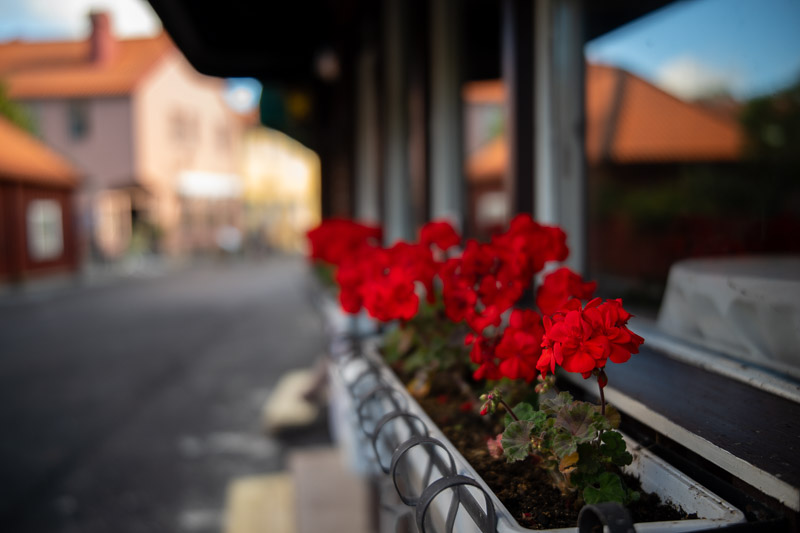
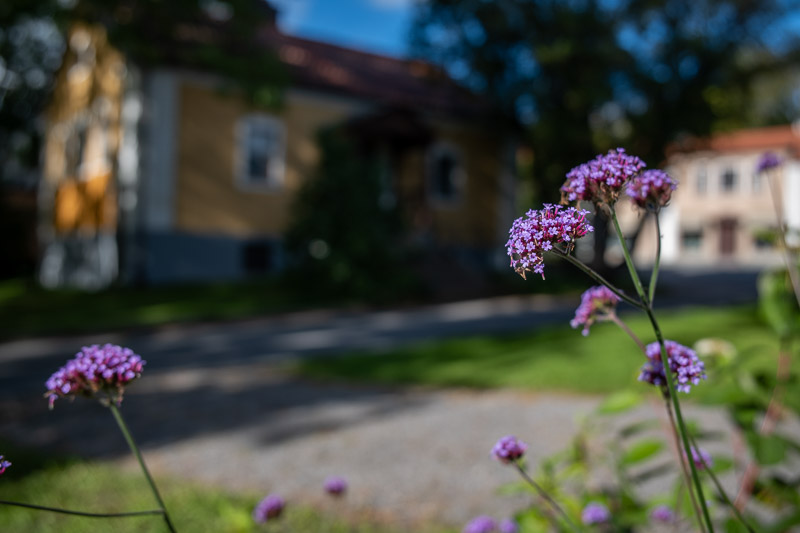
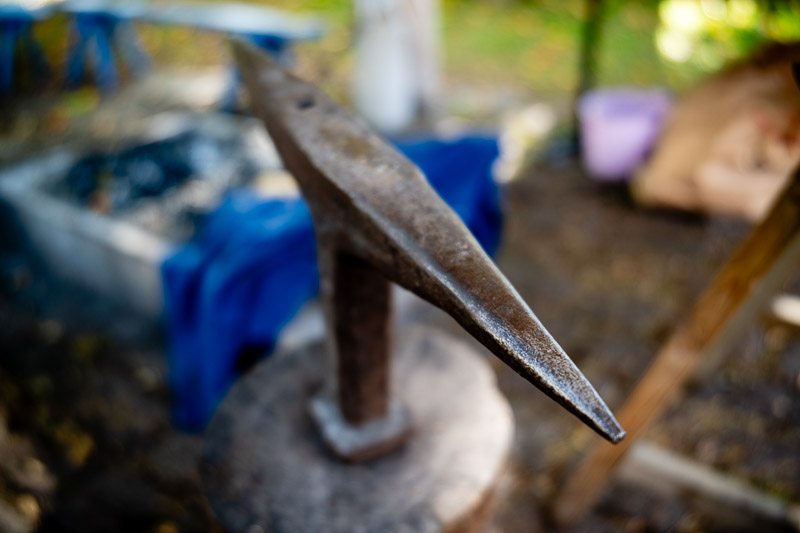
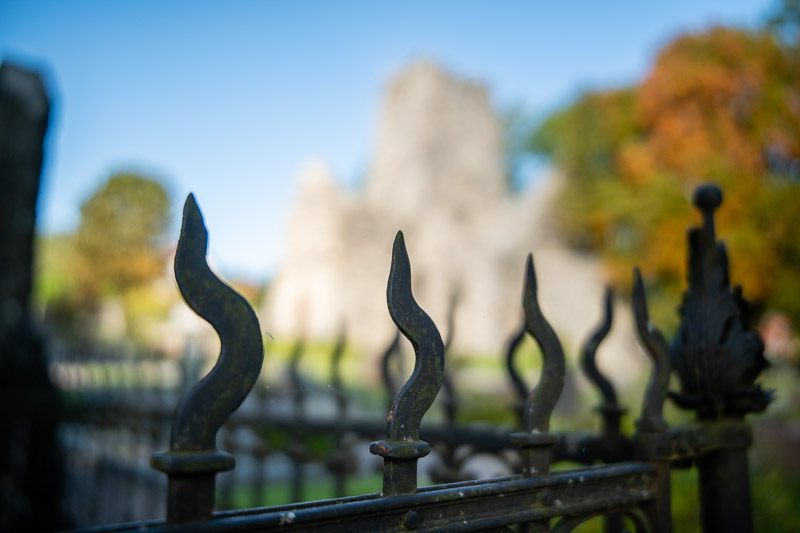

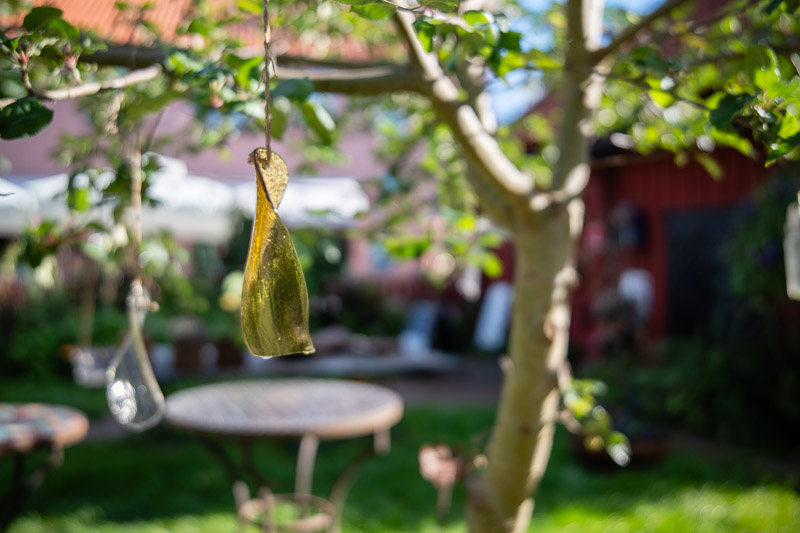
At close distances, the bokeh is soft enough to create a pleasing background blur. While it works well, it isn’t the creamiest blur I’ve seen.
Mid-Distance
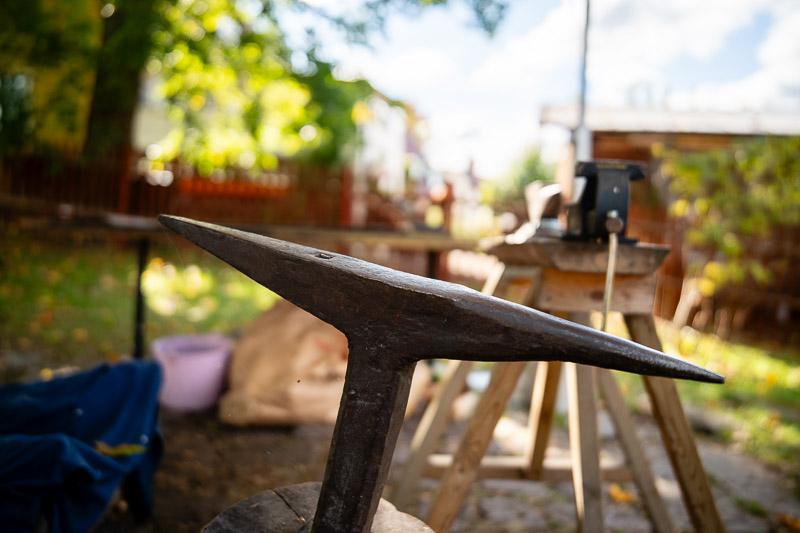
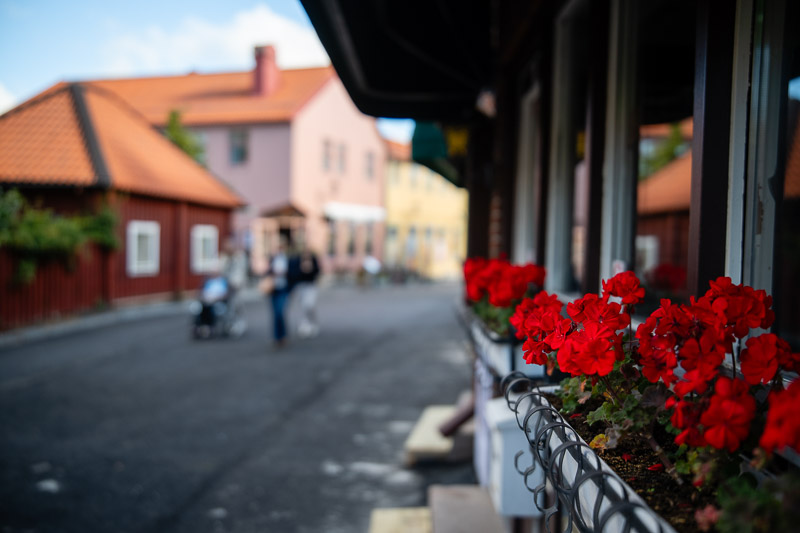

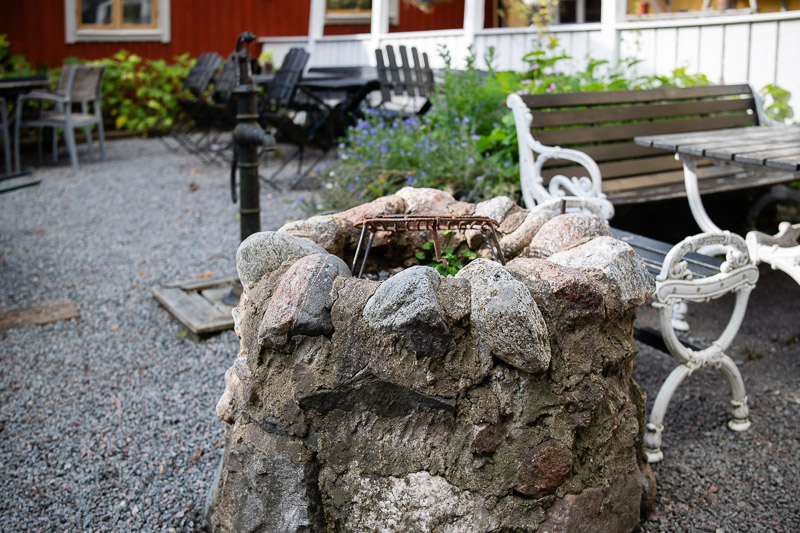
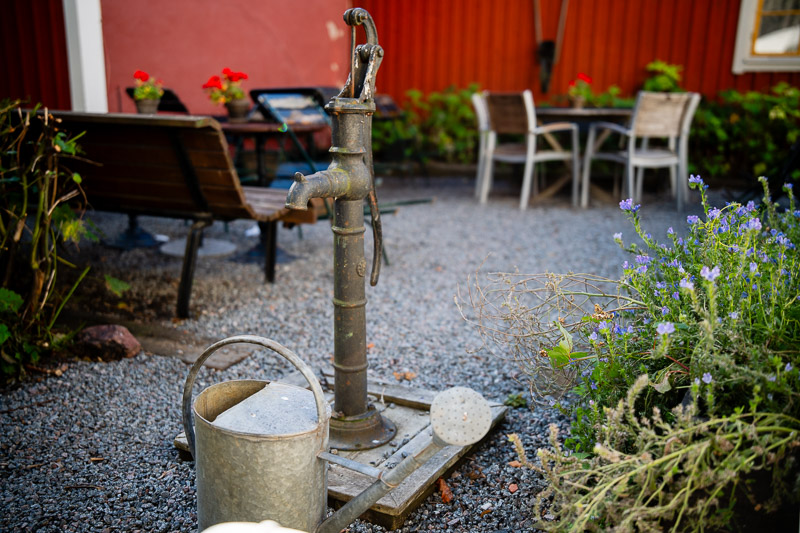
At medium distances, the bokeh remains pleasing, though its quality can depend on the scene and personal taste. I’d personally rate it as better than average.
Long Distance

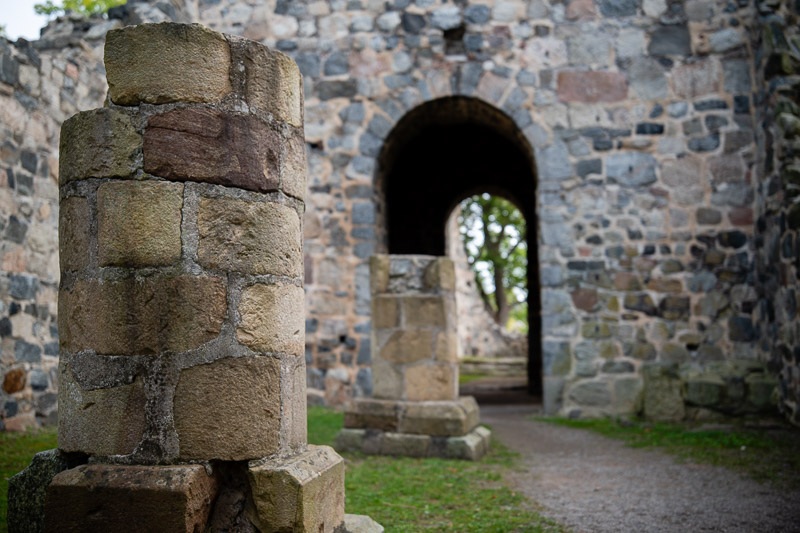

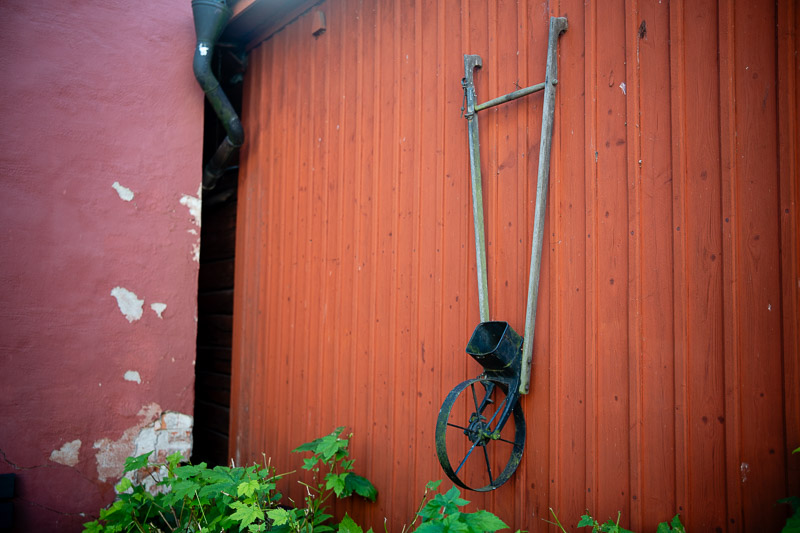
In general, we shouldn’t expect a particularly creamy bokeh at long distances from a 35mm lens with a maximum aperture of f/1.8. So, without going into too much detail, it’s worth noting that under the right conditions, this lens can still produce a pleasant background blur.
Overall, the bokeh is better than average and, in some situations, even very pleasing. It should satisfy most people in most scenarios, although there are occasions where the blur may appear less attractive. That said, the beauty of bokeh is highly subjective — take a look at the samples and see what you think.
Conclusion
| I LIKE | AVERAGE | I DON’T LIKE |
| Centre Sharpness across-frame sharpness from 2.8 Coma correction CA control Price Bokeh (with some reservations) Focus Breathing |
Lens distortion Vignetting Sunstars Autofocus |
Flare resistance |
This is a sharp lens with attractive bokeh and plenty of good things going for it. It might not be the ultimate 35mm lens out there, but it’s certainly a very capable one. In fact, for $299, it’s excellent value.
The only area that really needs improvement is flare resistance — but that applies to many lenses, even some at much higher price points. I do wish the autofocus were a bit more confident, but beyond that, there’s little to criticise.
Sharpness, bokeh, and colour rendering are all very good. Chromatic aberration control, focus breathing, and coma correction are also well handled. While distortion, vignetting, and sunstars aren’t the best you’ll find, they’re by no means bad either.
For the price, it offers outstanding value for money.
Writing articles like this one is both time-consuming and costs us a lot of money. If you found this article helpful and decided to buy one of these lenses, please consider using one of the affiliate links.
If you are not interested in buying any of the lenses, but you still found this article useful, interesting, or it saved you a lot of money, treat us to a coffee (donate)!
| Buy new: 7Artisans Store, B&H, Amazon (anywhere) for $299 (Affiliate links) Using my link at the 7Artisans Store gives you a 15% discount |
Alternatives
Nikon Z 35mm f/1.8 S
Nikon’s own S series lens with very good performance buy much more expensive
Buy new: amazon (anywhere), B&H for $747 (Affiliate links)
Buy used: ebay.com, ebay.de, ebay.co.uk from $687 (Affiliate links)
Voigtländer 35mm f/2 APO-Lanthar Aspherical
An excellent lens with great mechanical handling, MF only, though, and more expensive than all the others.
Buy new: amazon (anywhere), B&H for $899 (Affiliate links)
Nikon AF-S 35mm f/1.8G
The pre Z-mount version of Nikon’s AF lenses for DSLR cameras, you need to use an FTZ adapter to use it on Z cameras. Good performance for a fraction of the price of the Z mount version, if you buy it used.
Buy new: amazon (anywhere), B&H for $617 (Affiliate links)
Buy used: ebay.com, ebay.de, ebay.co.uk from $279 (Affiliate links)
More Sample Images
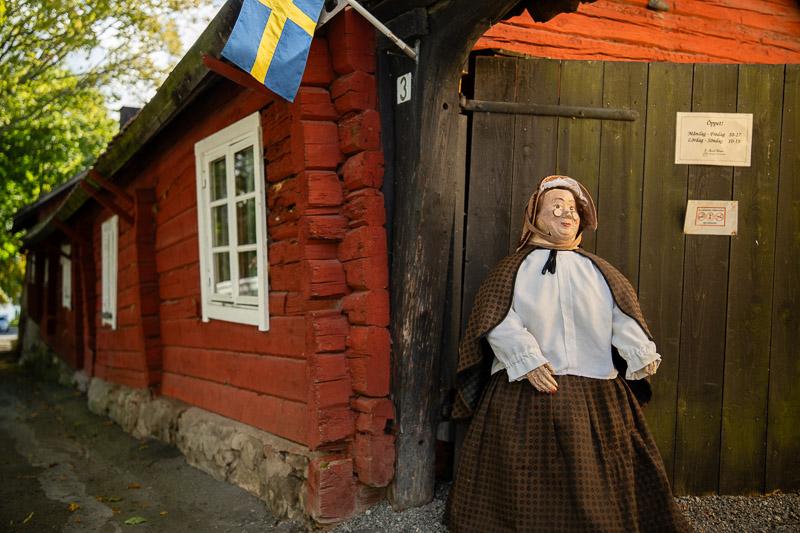

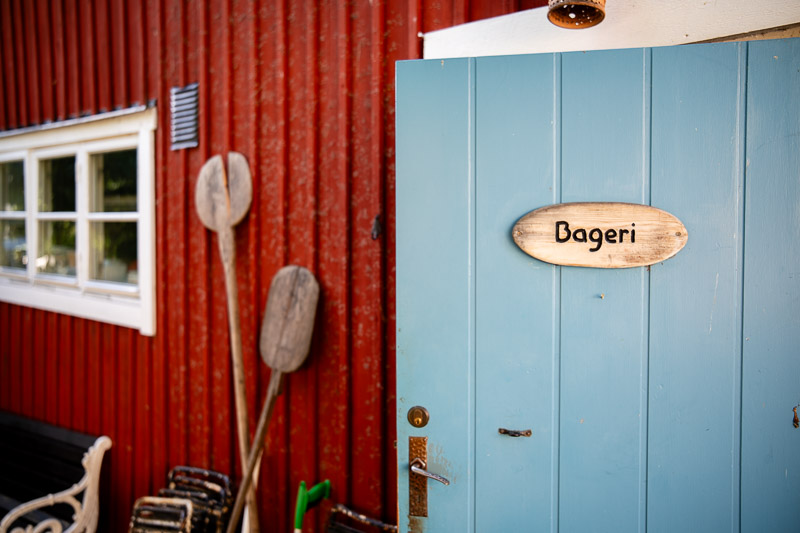
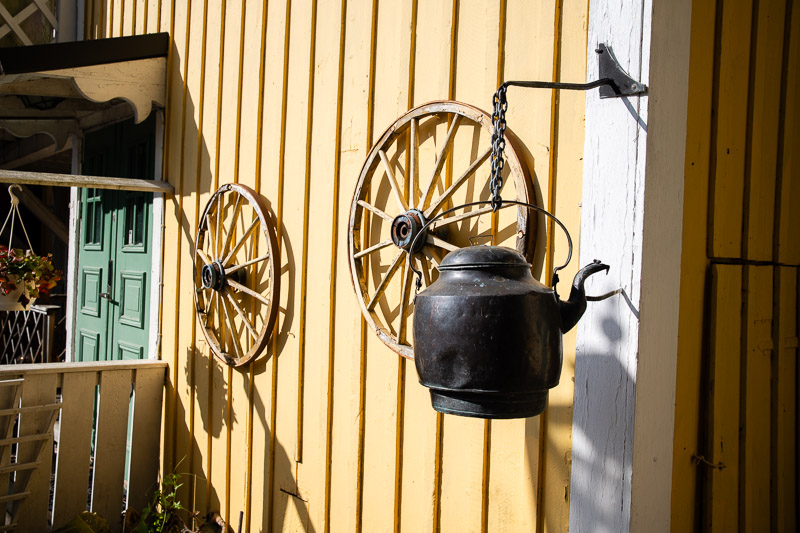

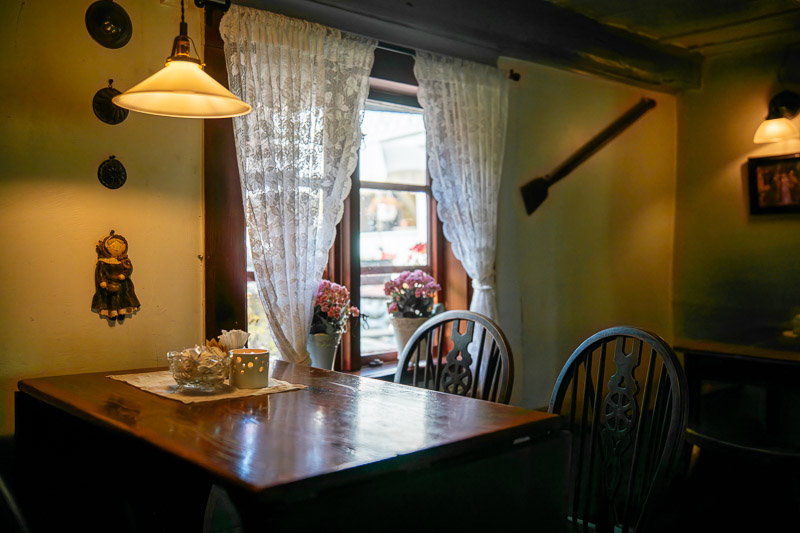
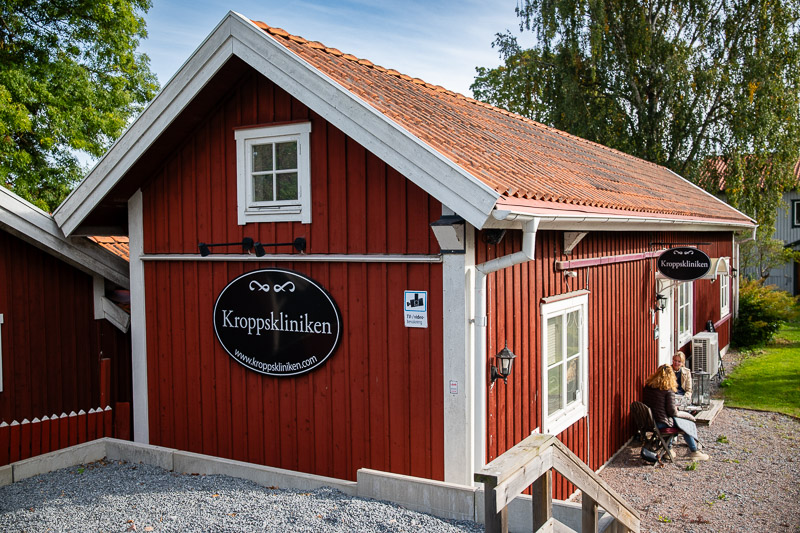
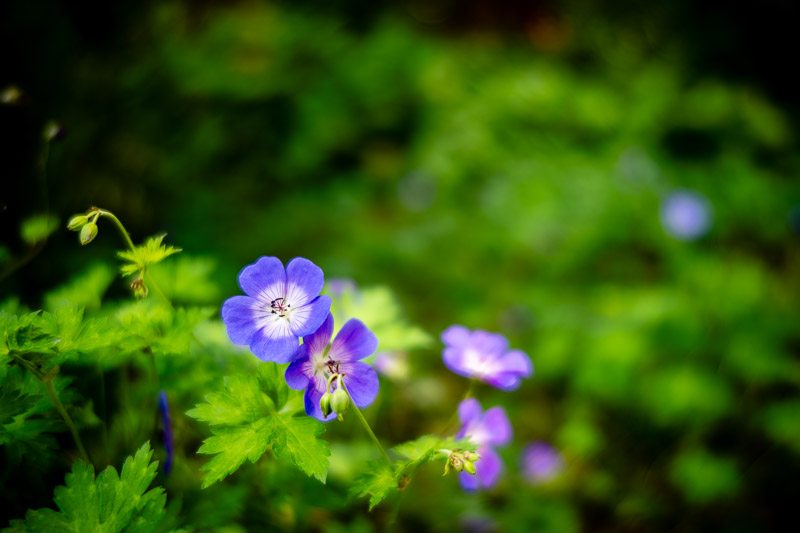
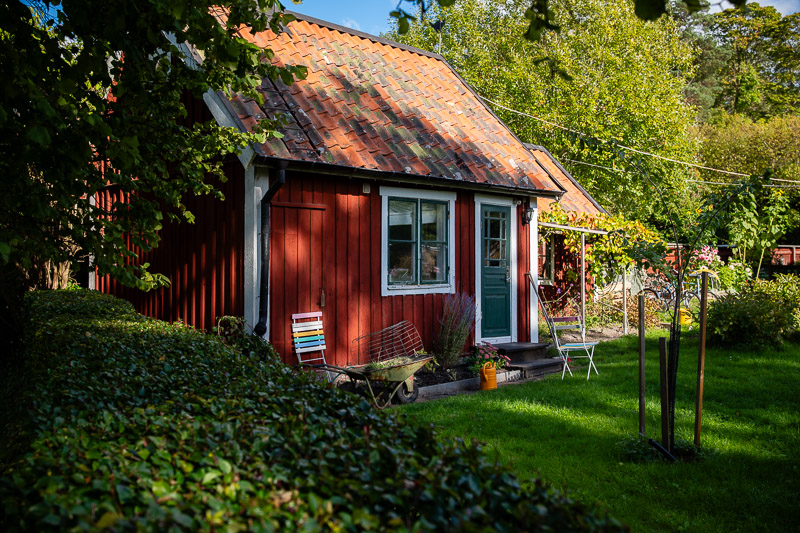
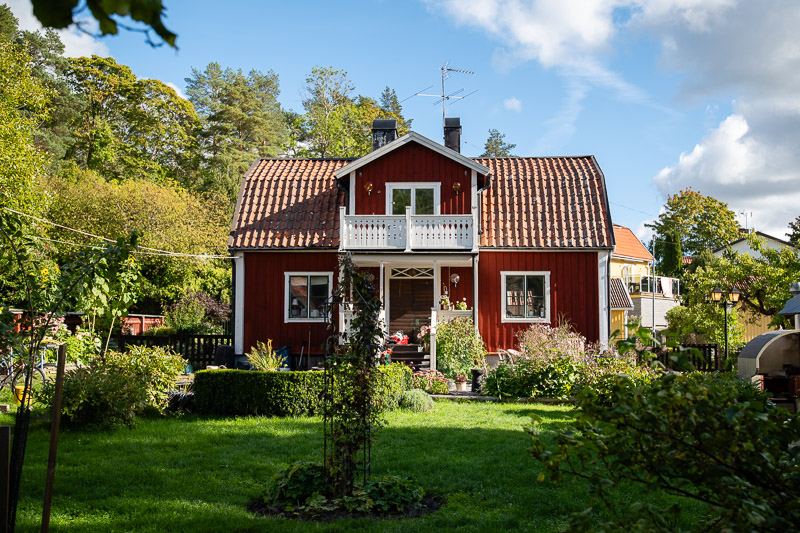
Most of the sample images in this review and many more can be found in higher resolution here.
Further Reading
What camera gear and accessories do I use most frequently?
Support Us
Did you learn something new, find this article useful, or simply enjoy reading it? We’ve put a lot of time and resources into creating it, and your support helps us keep going. If you’d like to show your appreciation, please consider clicking the Donate button!
![]()

(Donations via Paypal or bank card)
What’s in my camera bag? MY 2024 KIT!!
- Main camera : https://amzn.to/3TsGtKg
- Camera grip : https://amzn.to/4e0G3CR
- Memory Card 1: https://amzn.to/47pA20i
- Memory Card 2 : https://amzn.to/3XHYxlZ
- Camera 2 : https://amzn.to/3Xifou8
- Camera grip: https://amzn.to/4dYYpV9
- Memory card 1: https://amzn.to/4e5h2H0
- Memory card 2: https://amzn.to/3zu7W7n
- Small travel tripod: https://amzn.to/4goIX68
- Mini tripod: https://amzn.to/4e09XXX
- Small shoulder bag: https://amzn.to/47tPMiY
- Medium shoulder bag: https://amzn.to/4ej4bjY
This site contains affiliate links, for which I may receive a small commission if you purchase via the links at no additional cost to you. This helps support the creation of future content.
Martin
Latest posts by Martin (see all)
- Analogue Photography: Part 4 – Ilford HP5 Plus at a Historical Engine Factory - December 3, 2025
- REVIEW: 7Artisans AF 10mm f/2.8 (APS-C) - November 30, 2025
- REVIEW: 7Artisans AF 35mm f/1.8 - October 15, 2025
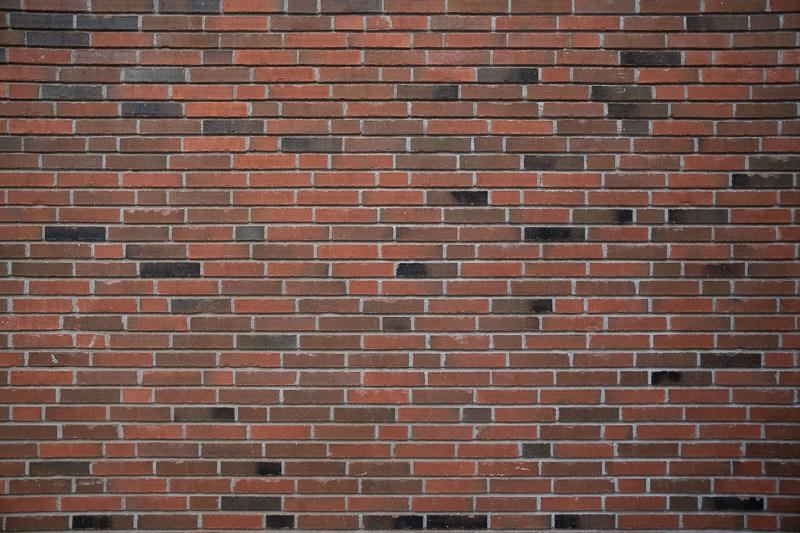
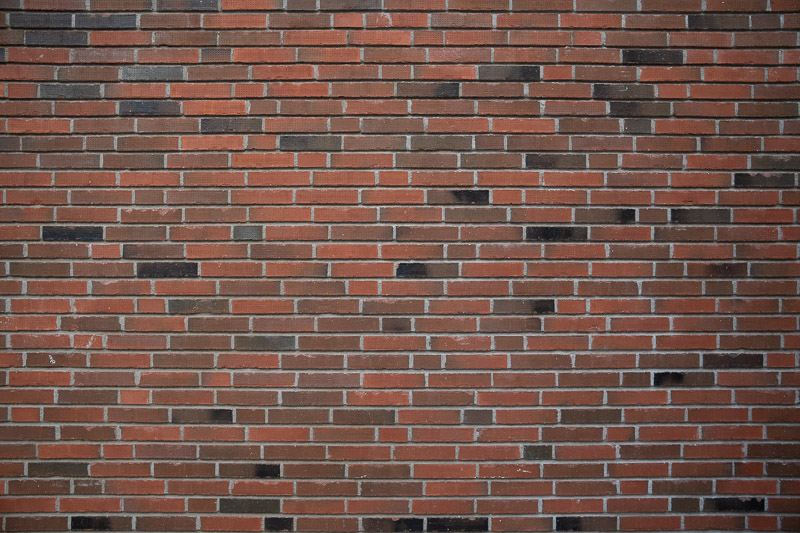
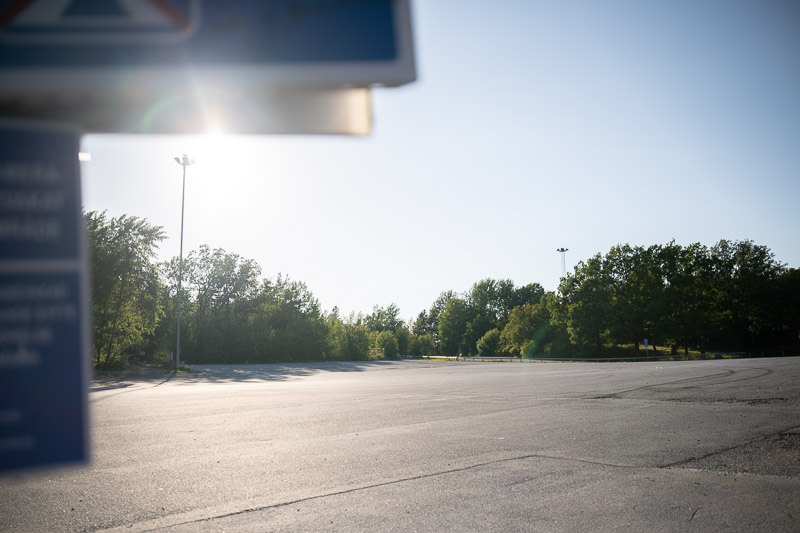
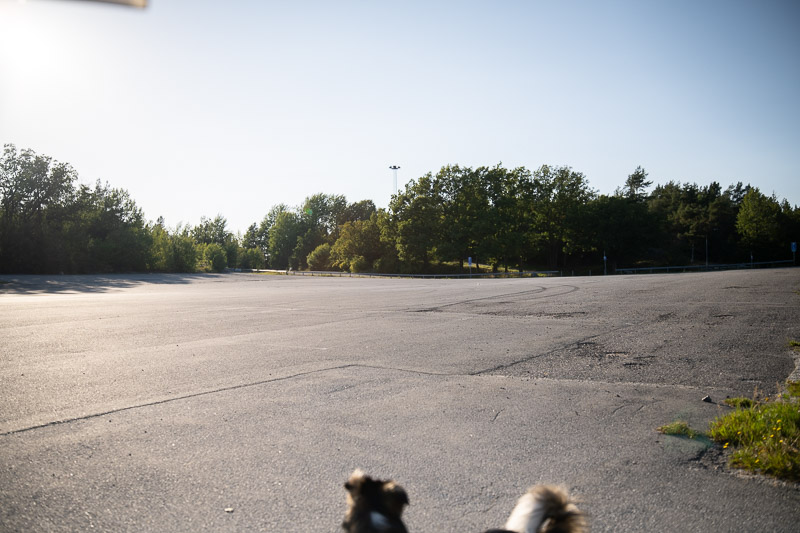
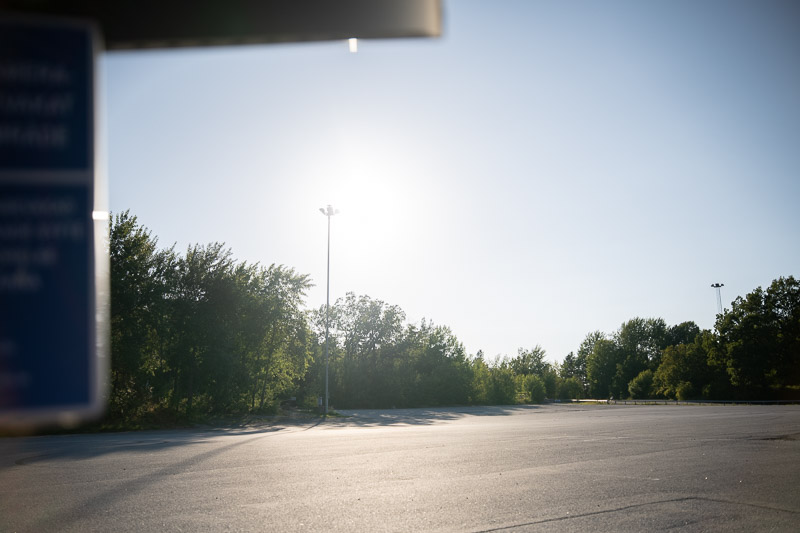
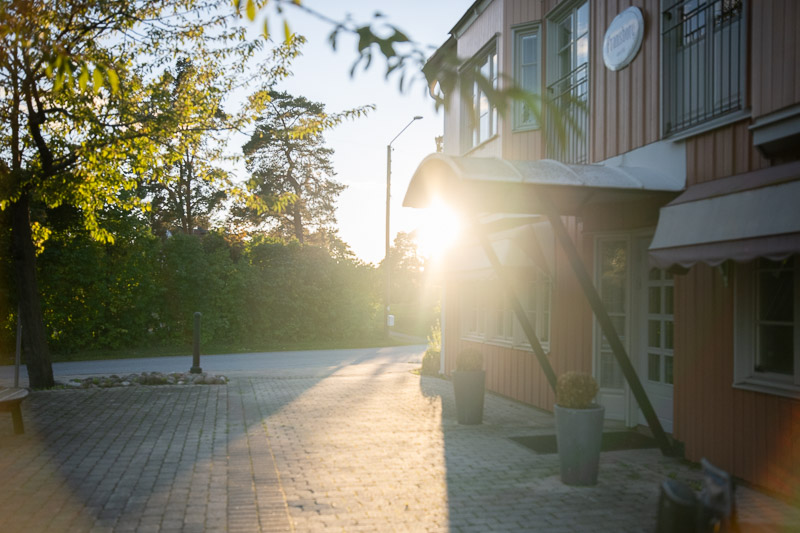

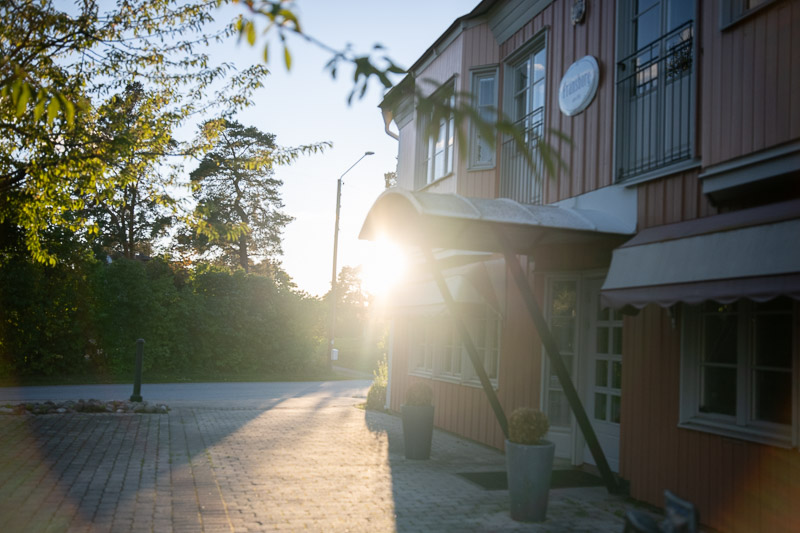

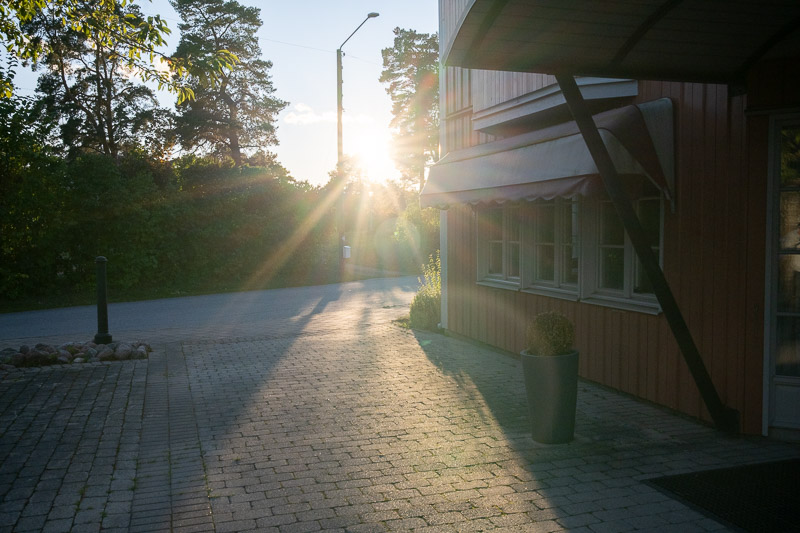
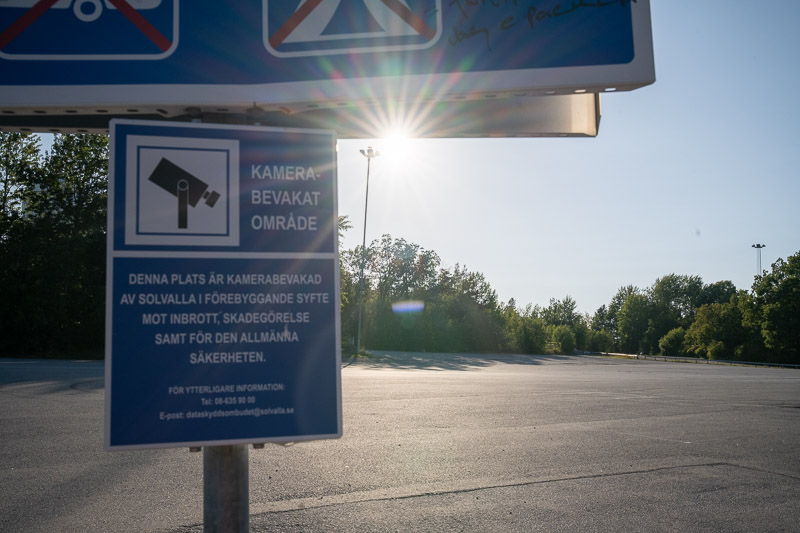


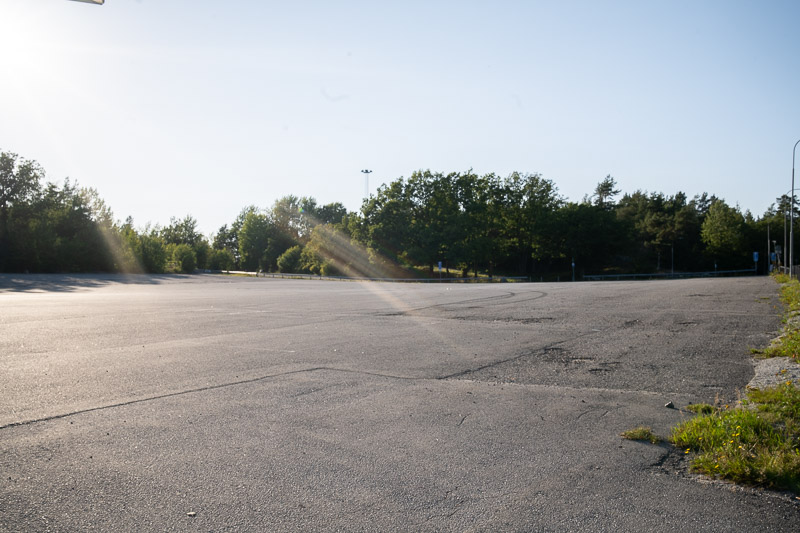
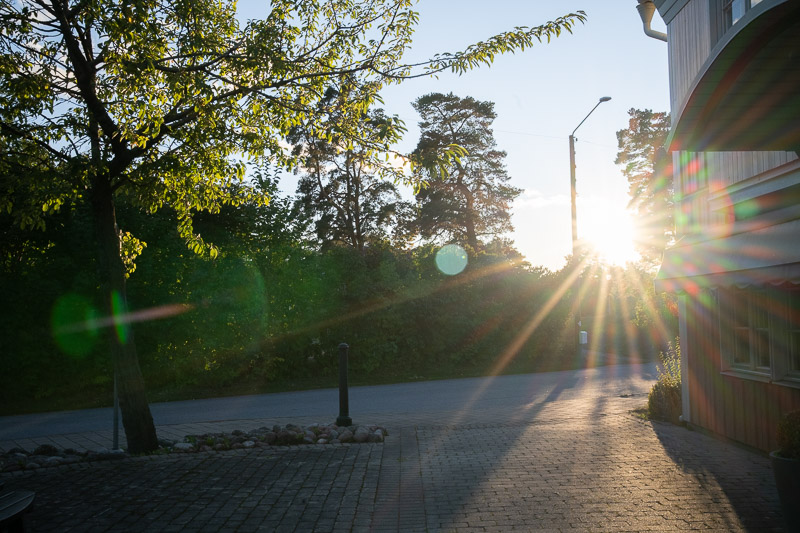
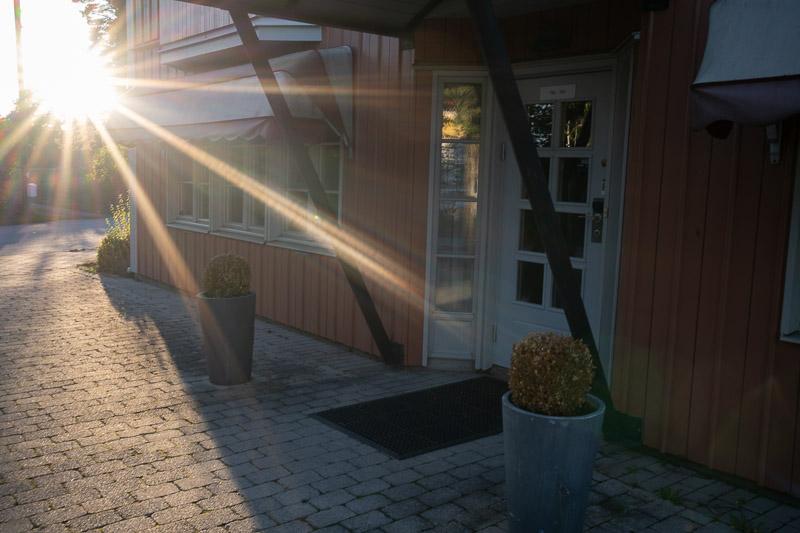
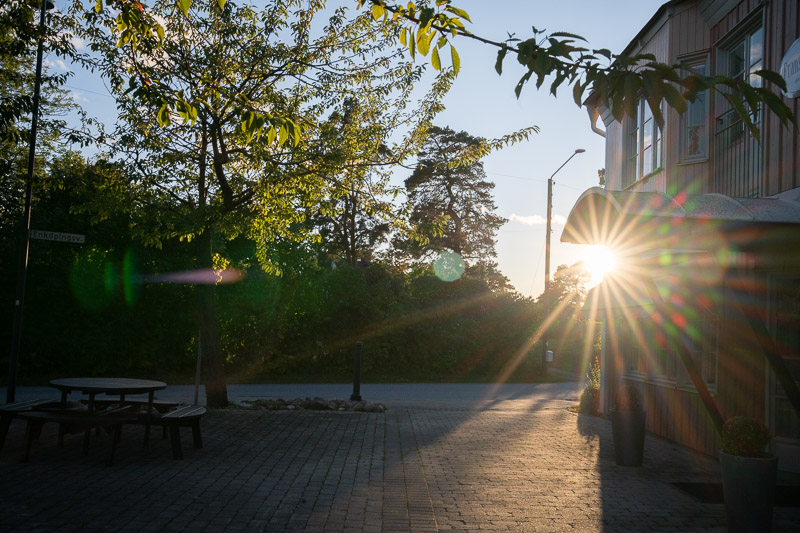


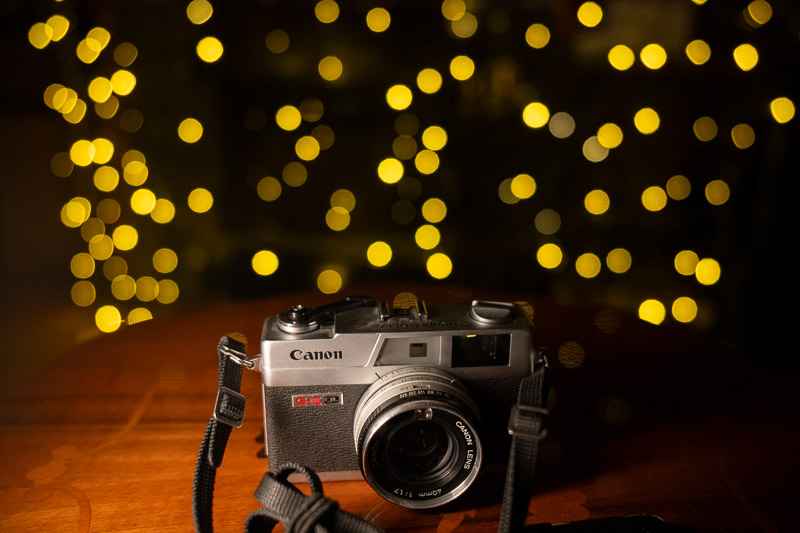
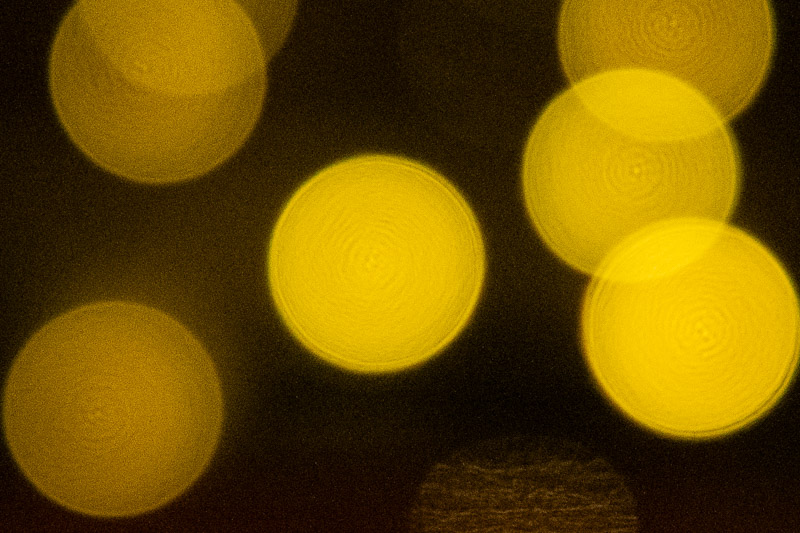
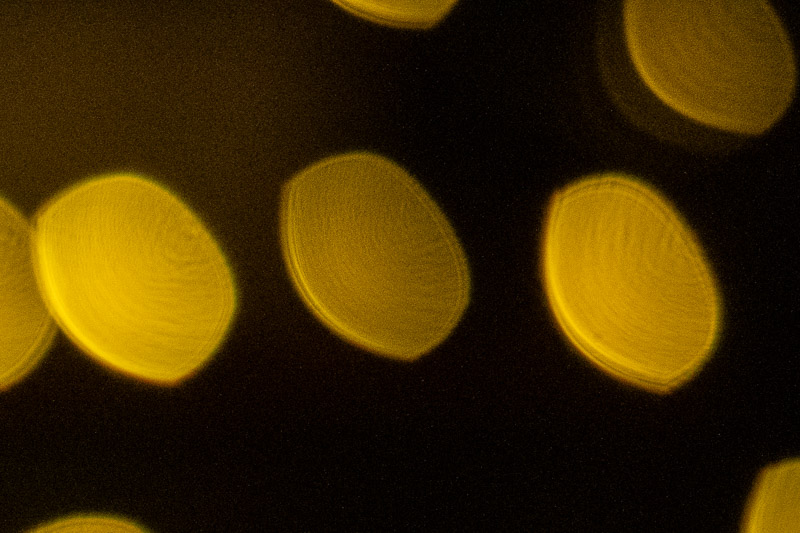
Thank you, Martin. Great lens for the money! 🙂
Thank you for reading
Thanks for another great review.
I’m thinking of picking up the latest FTZ adapter but didn’t see it listed as an affiliate link. Can you provide one?
Where are you living? Amazon.com for the US market seems to have serious problems with search right now.
It seems they have fixed it. Here is the link for FTZ adapter
https://amzn.to/47iA1LQ
Latest Nikon adapter is Nikon FTZ II
As an alternative you can also get the Viltrox, which is about $100 cheaper, you can see both by following the link